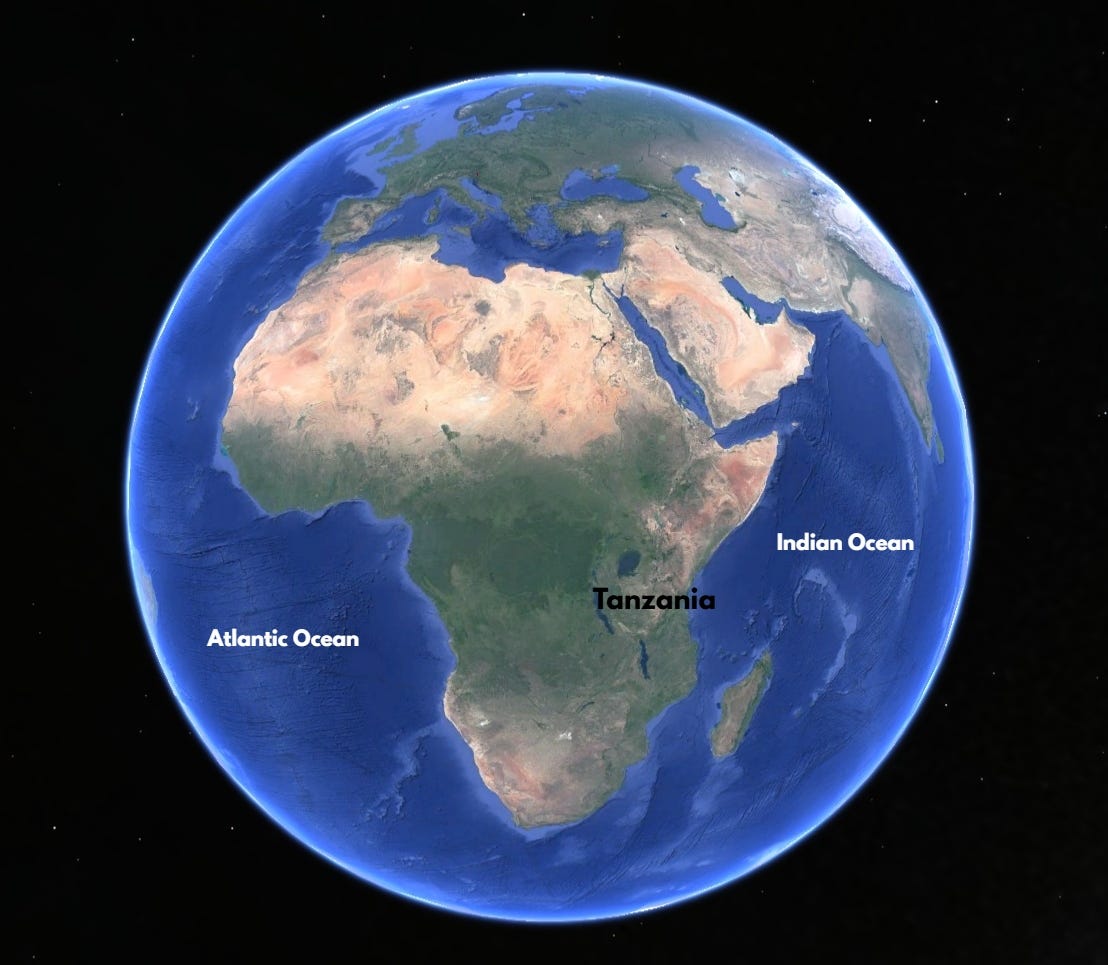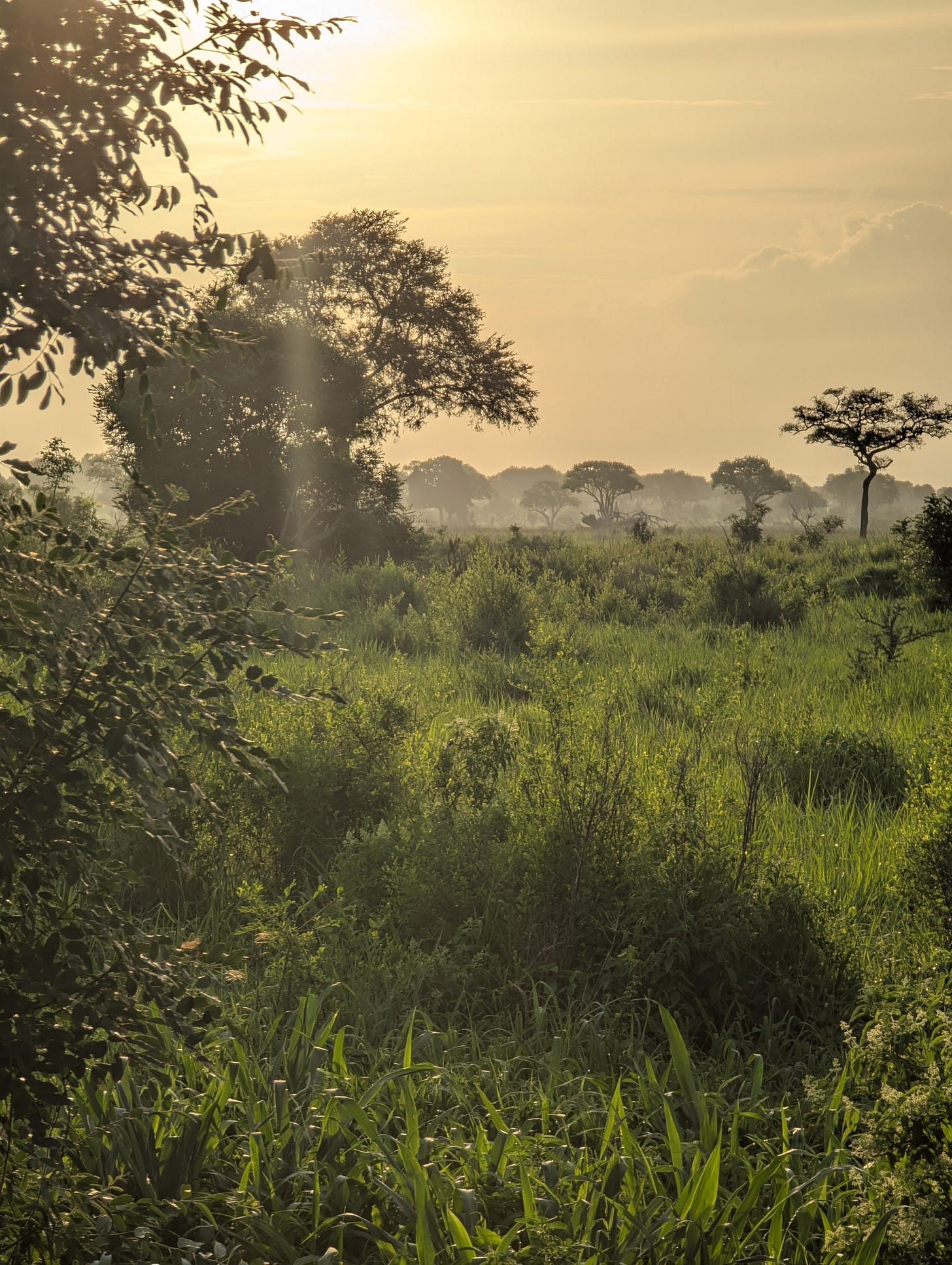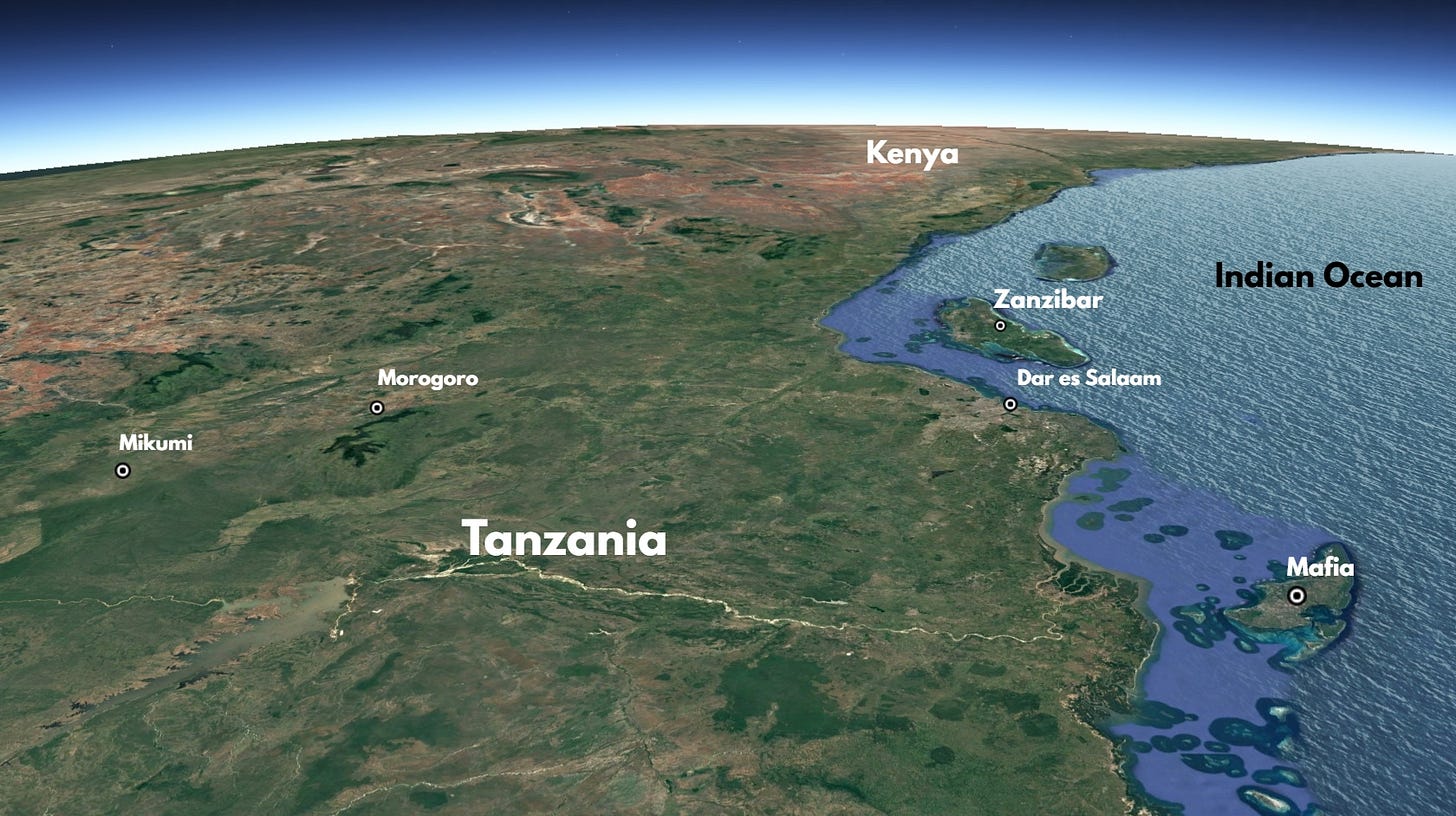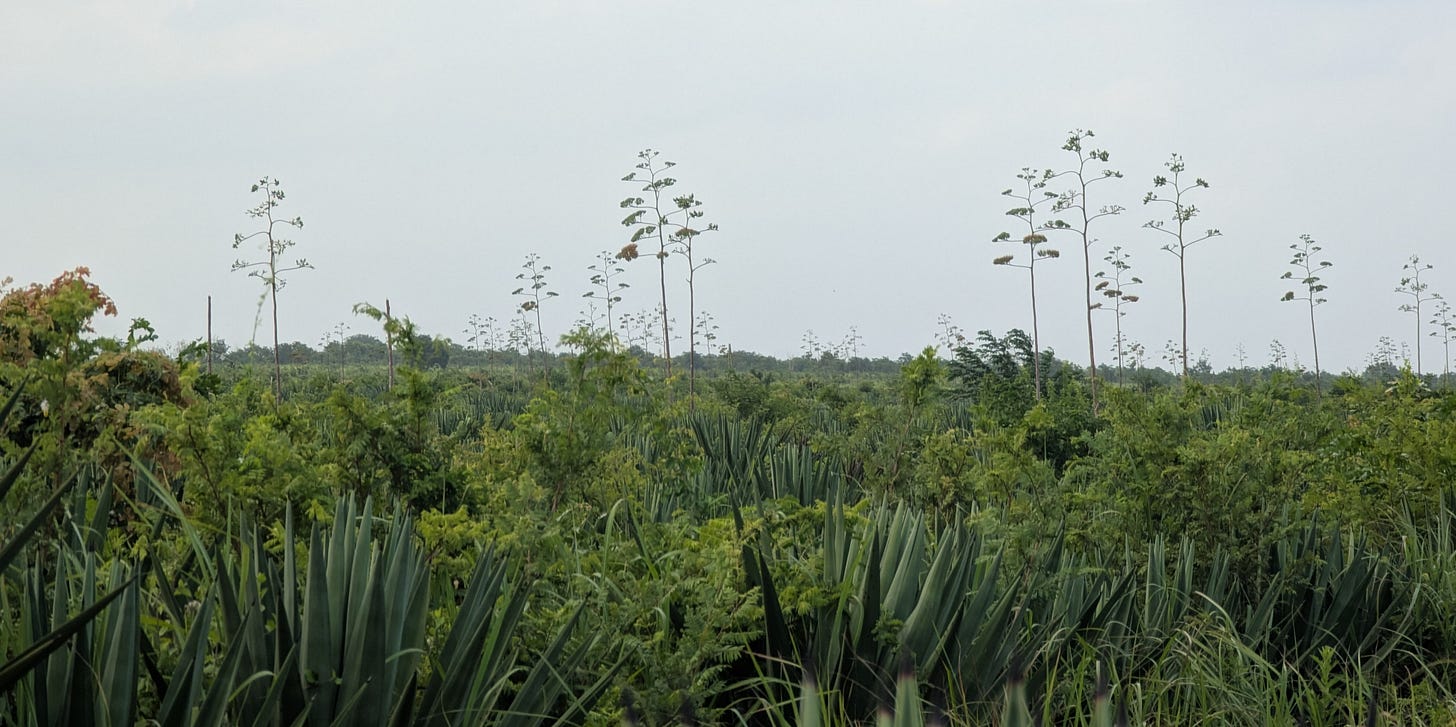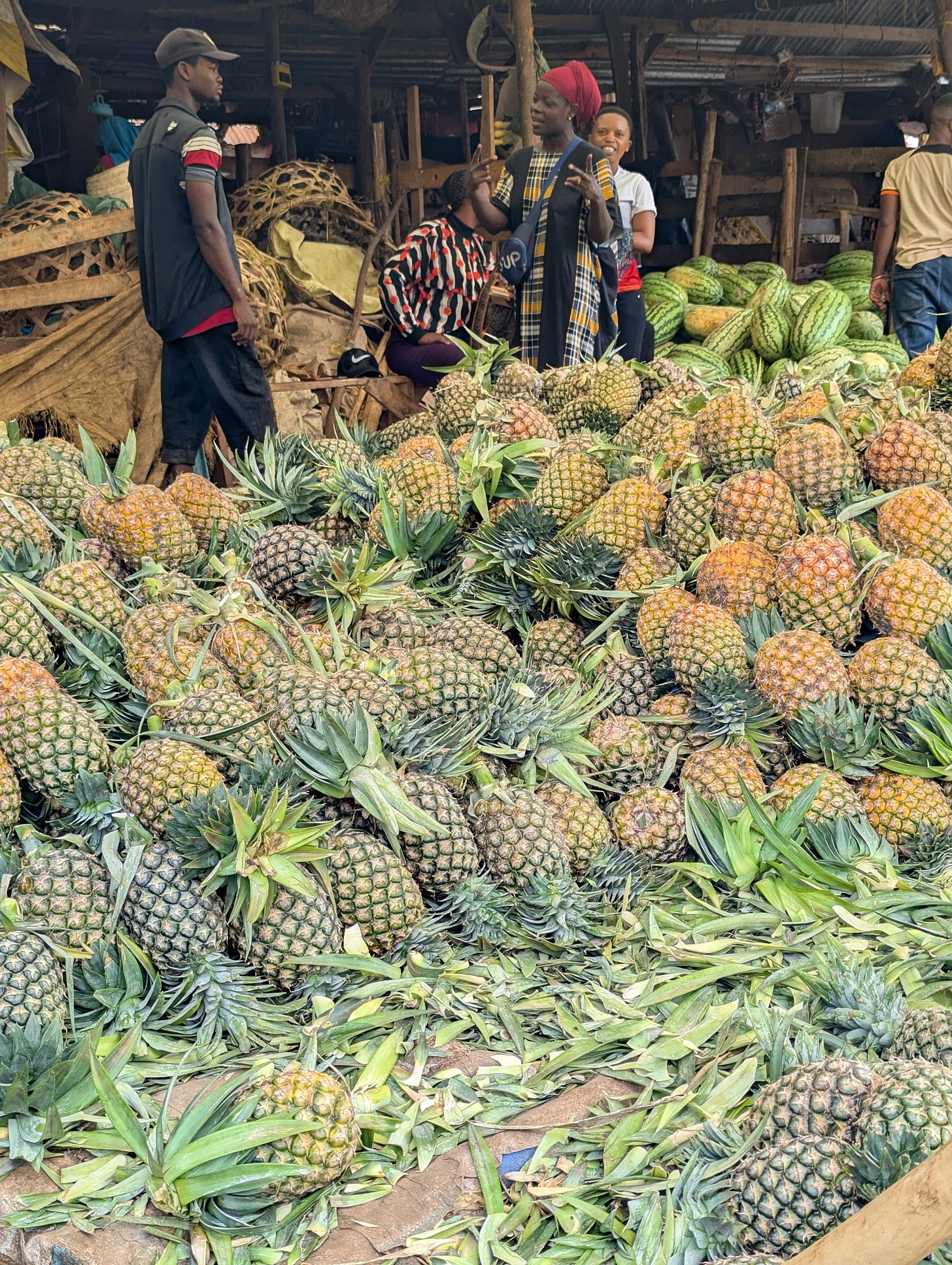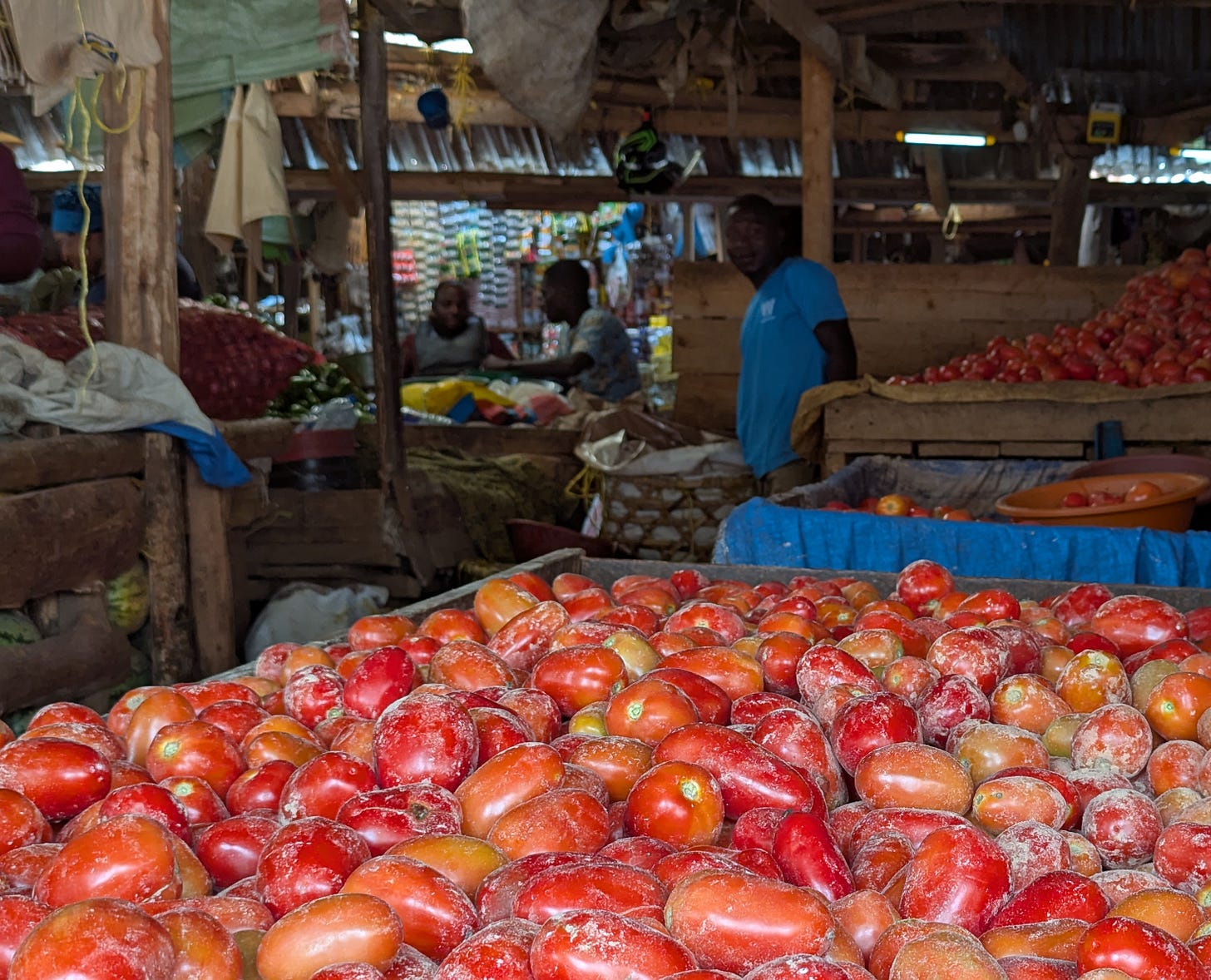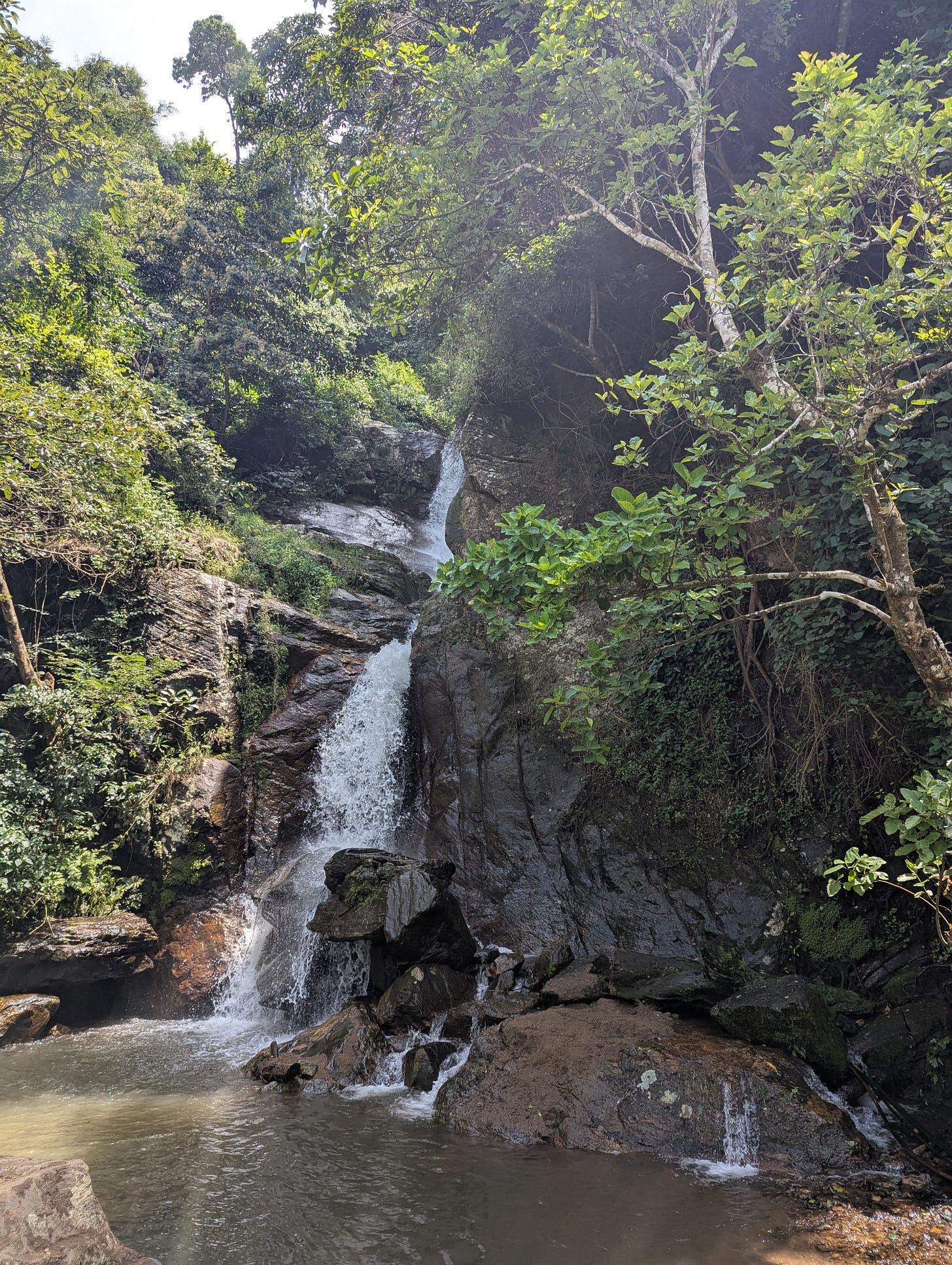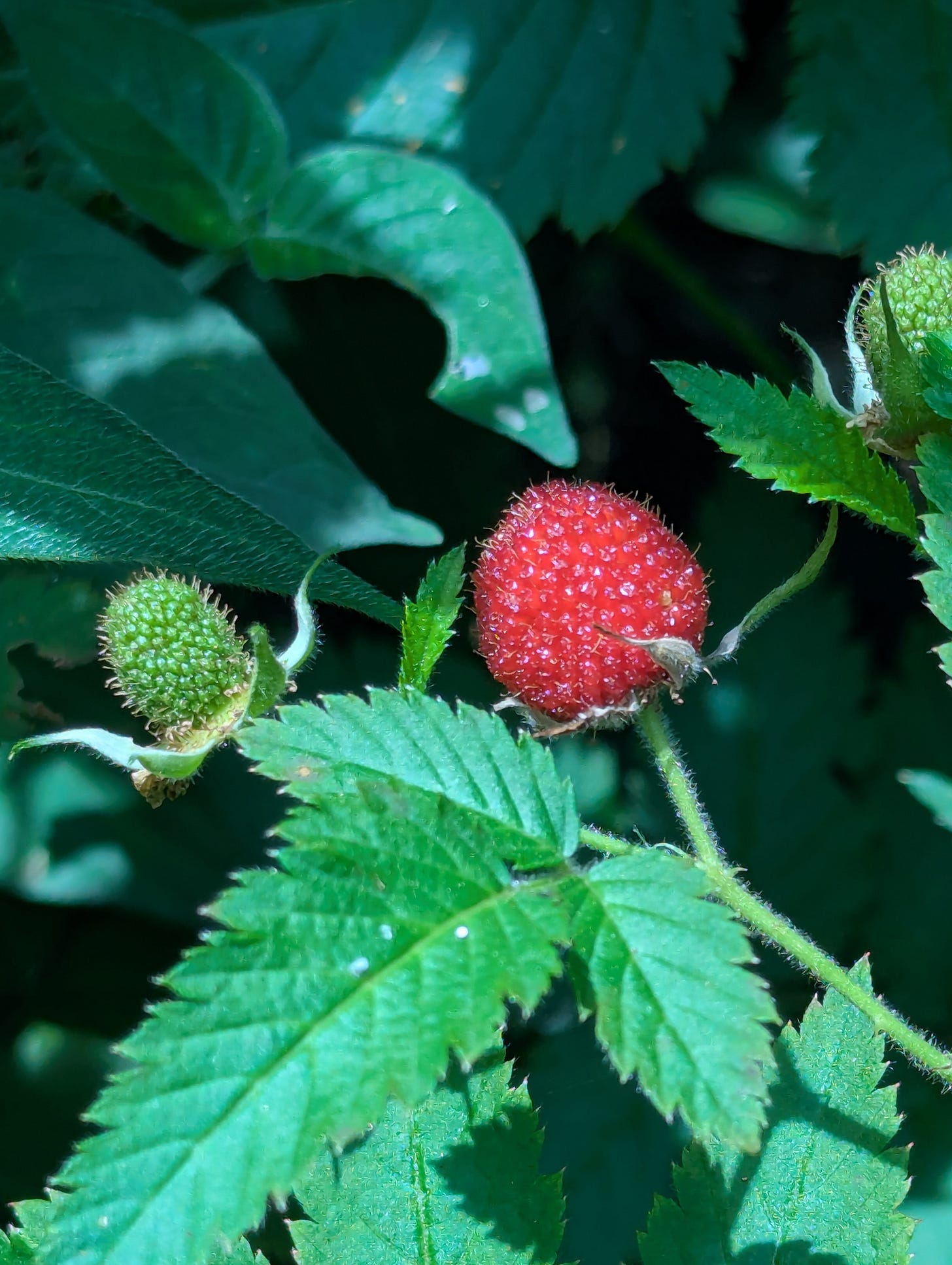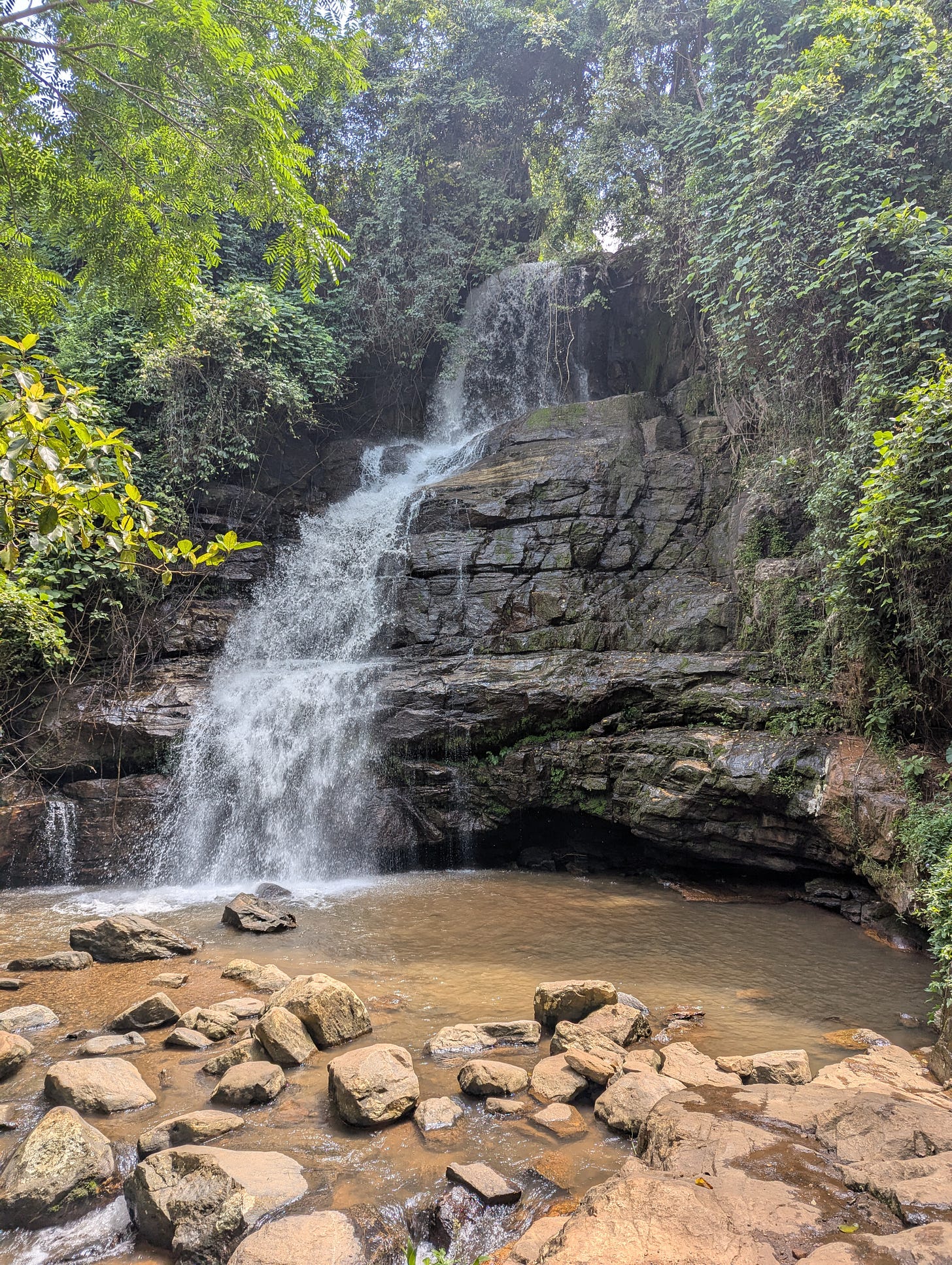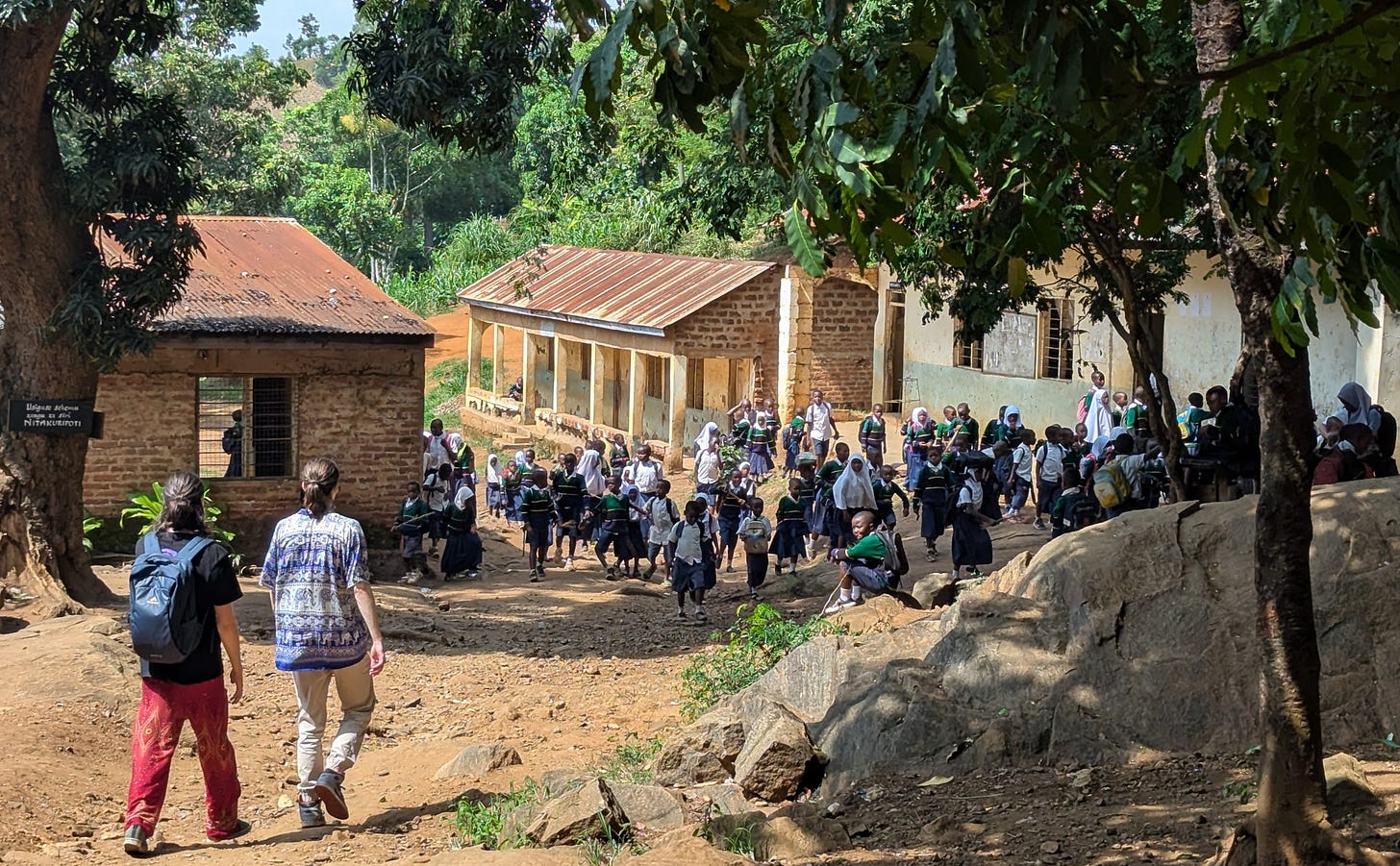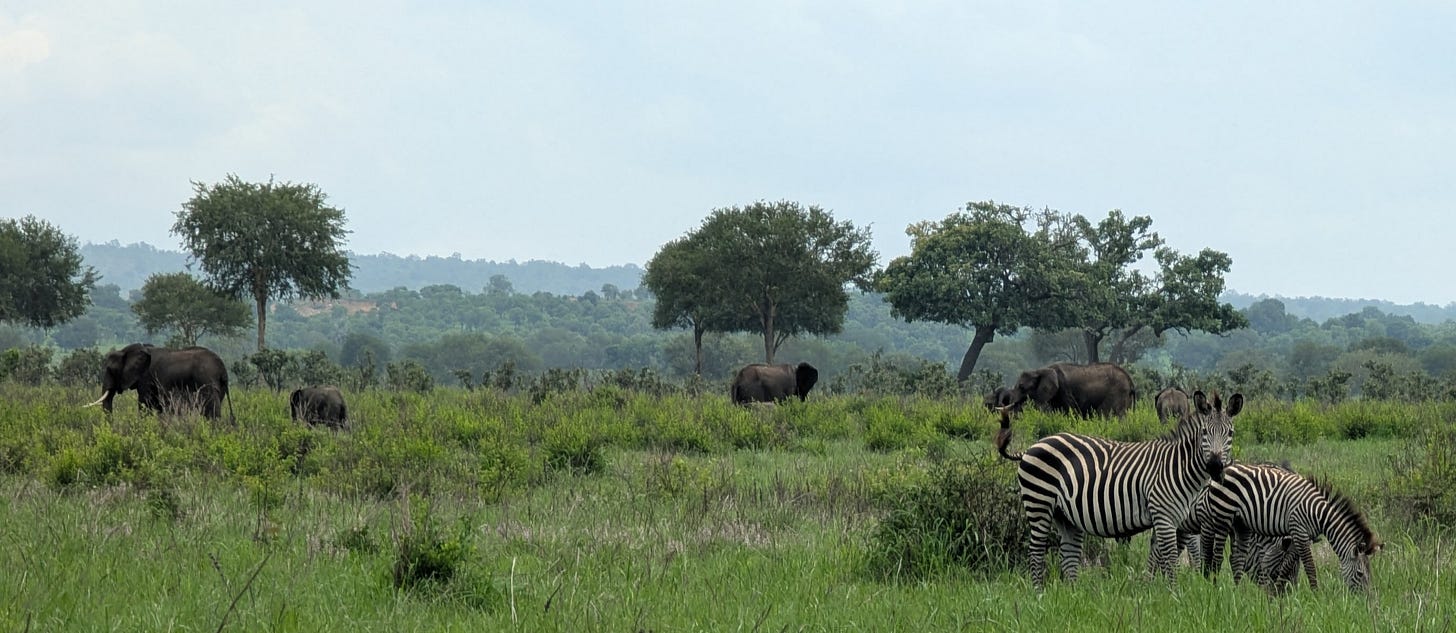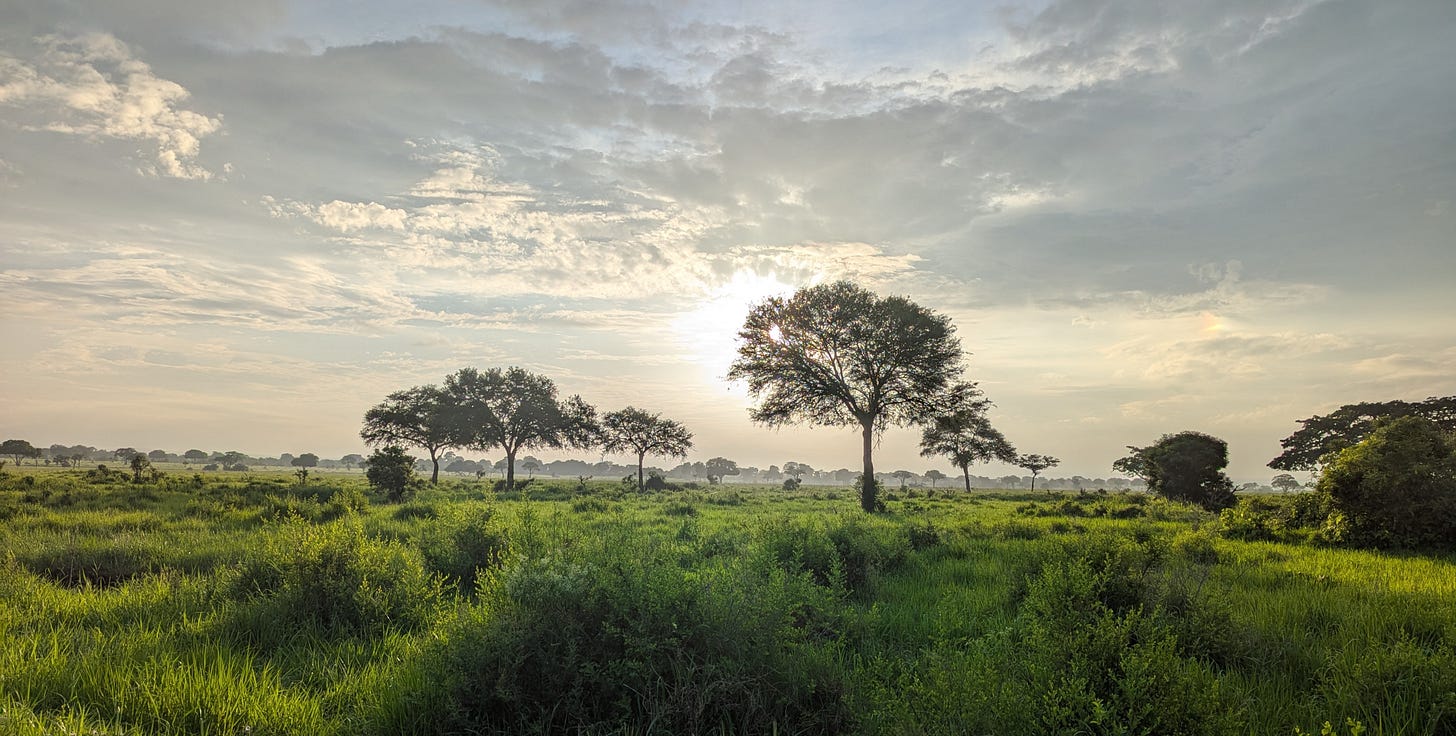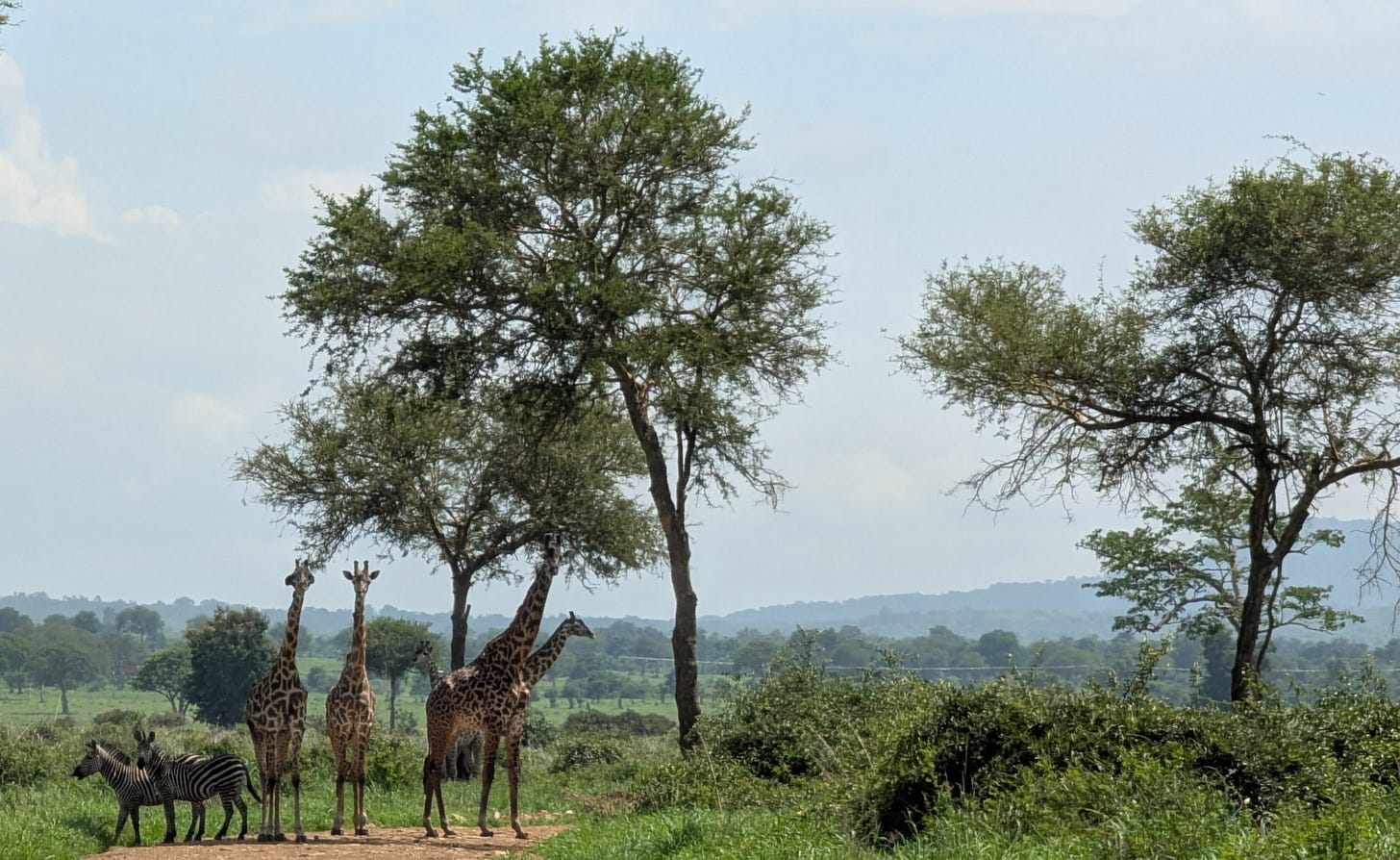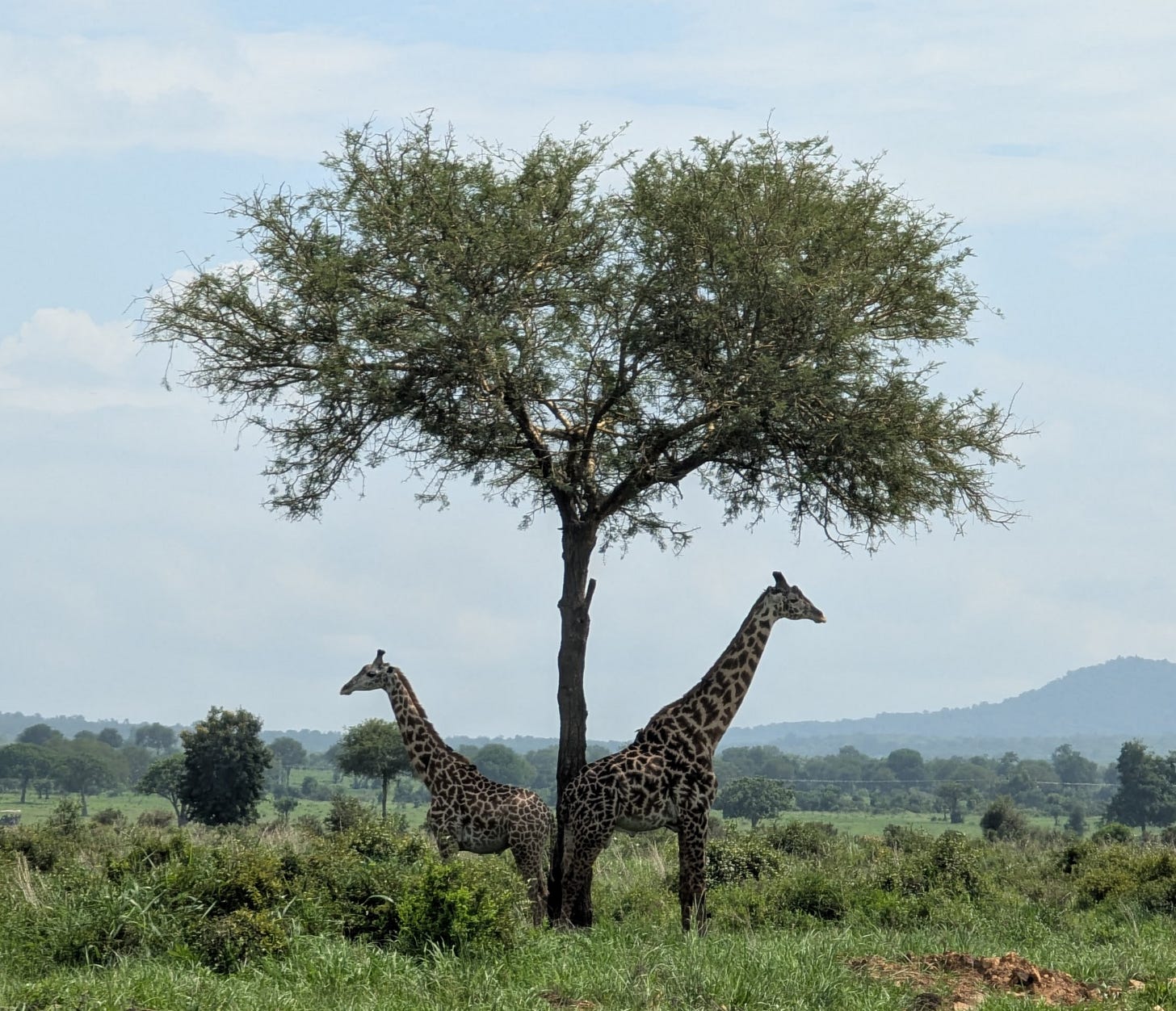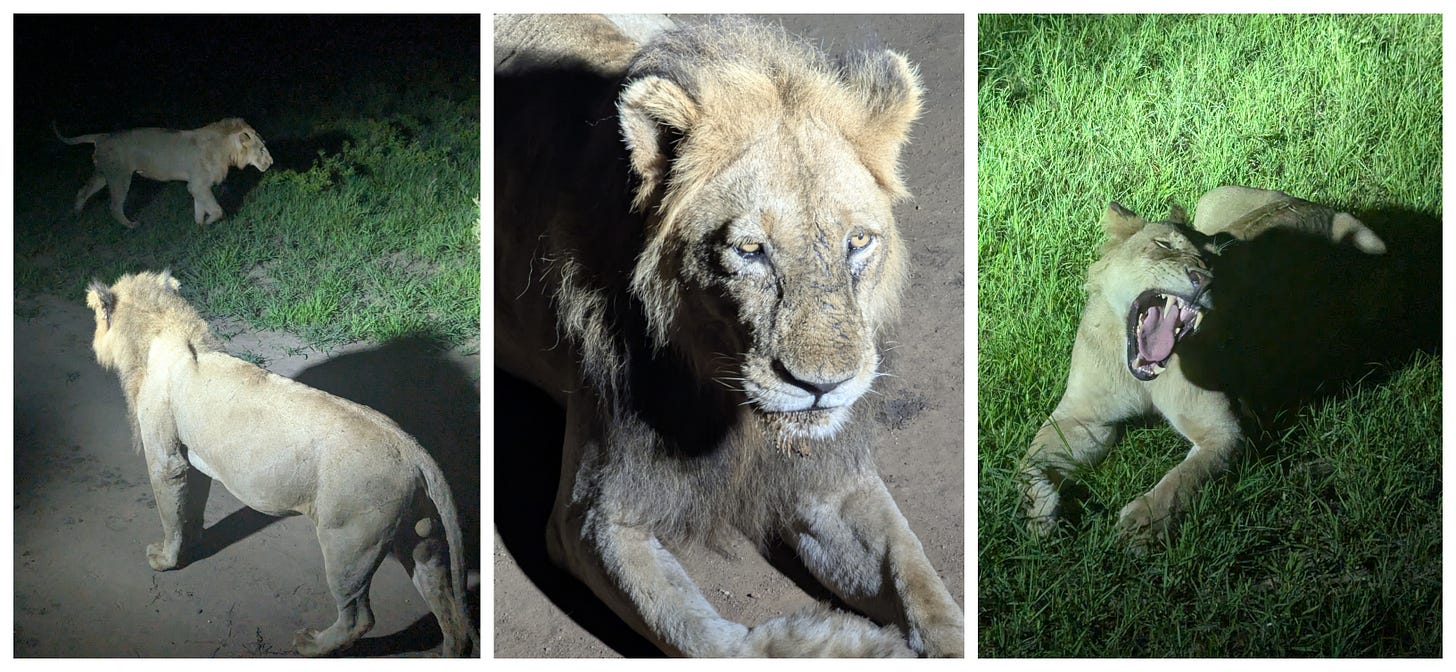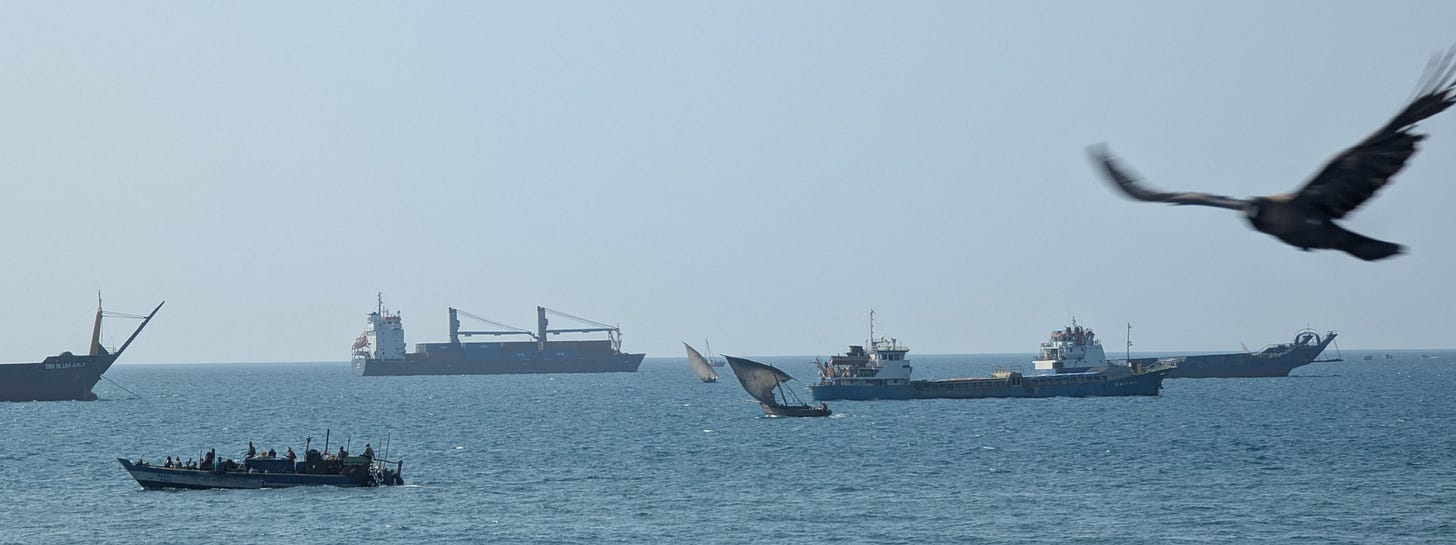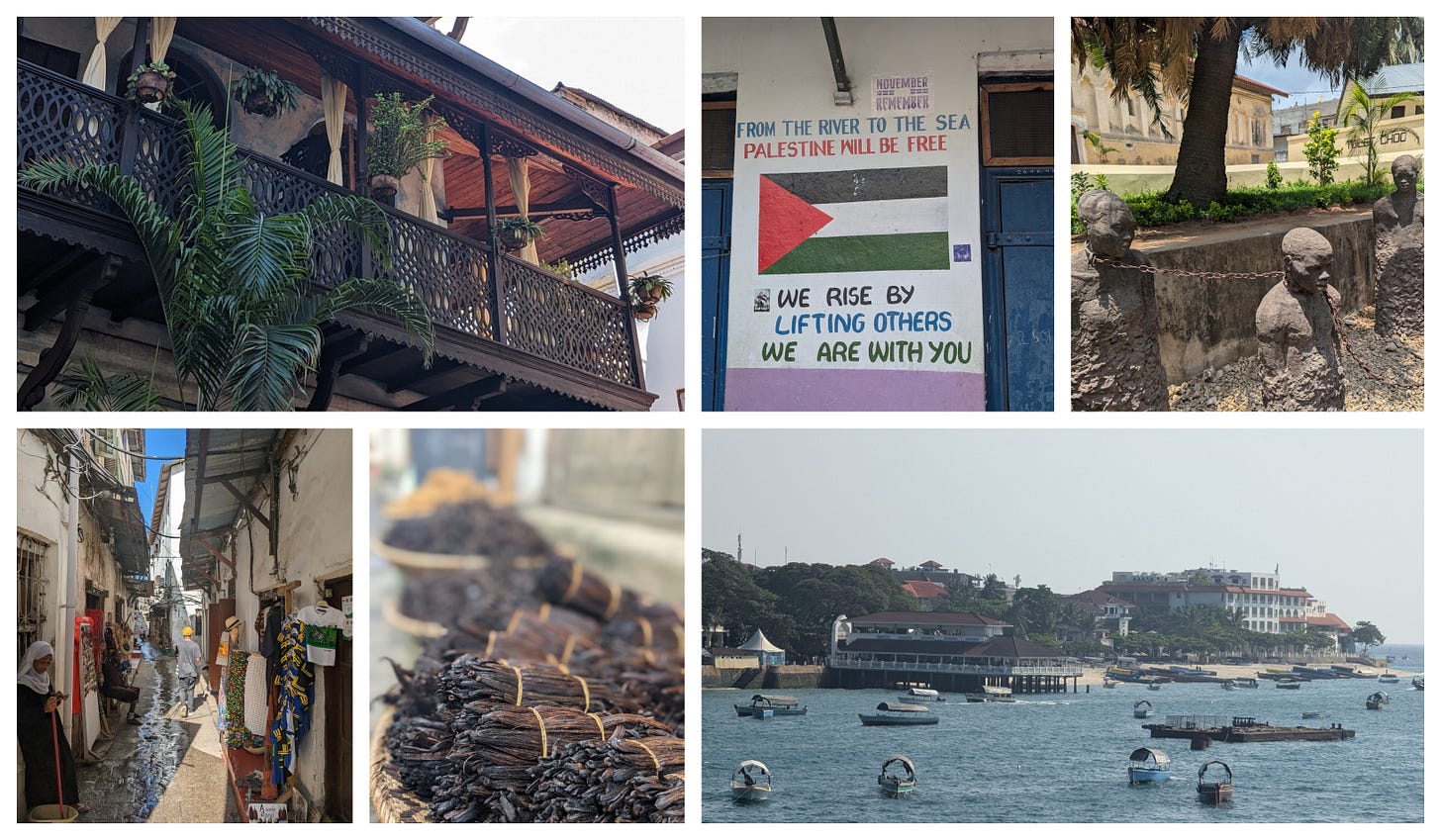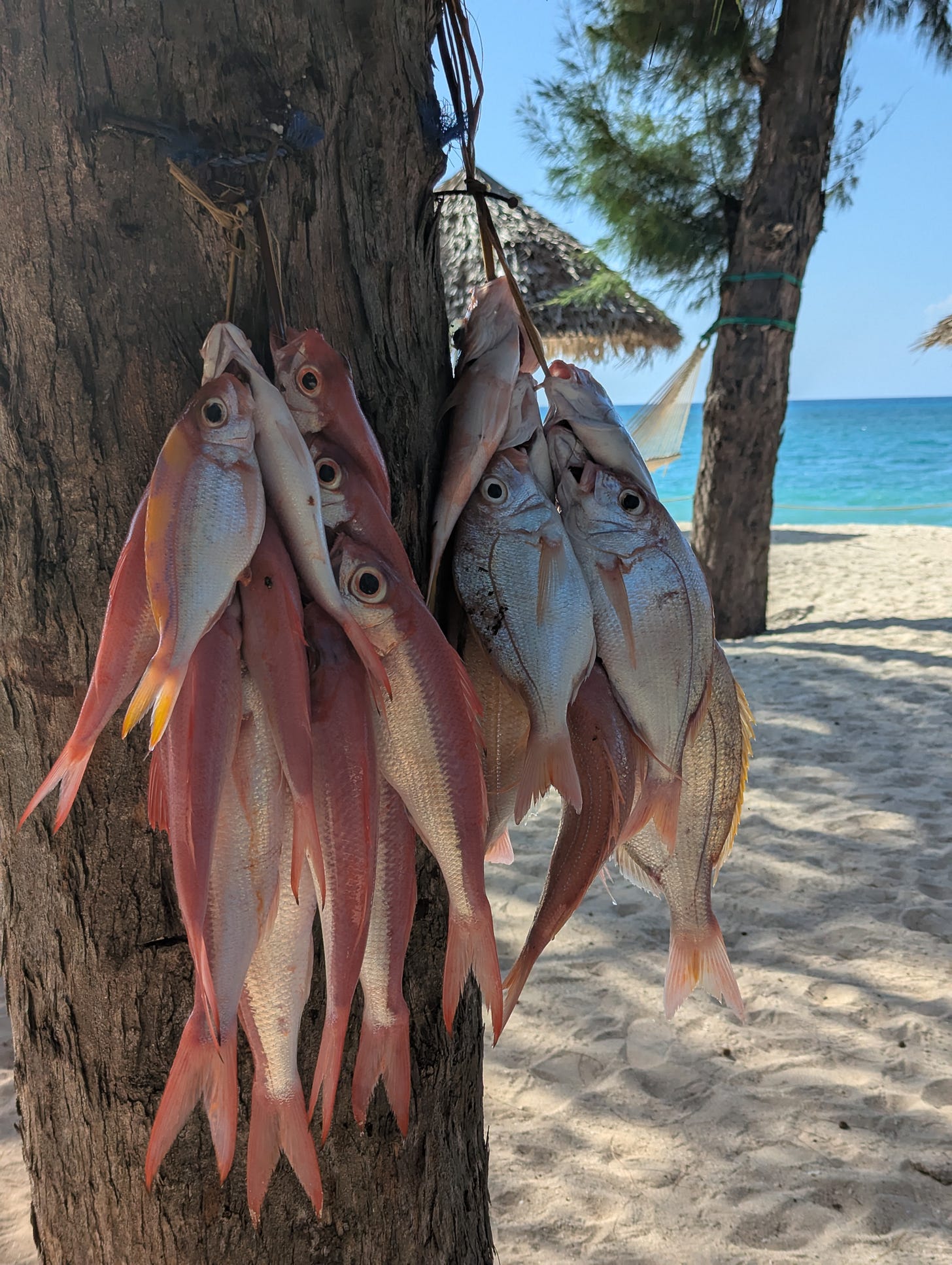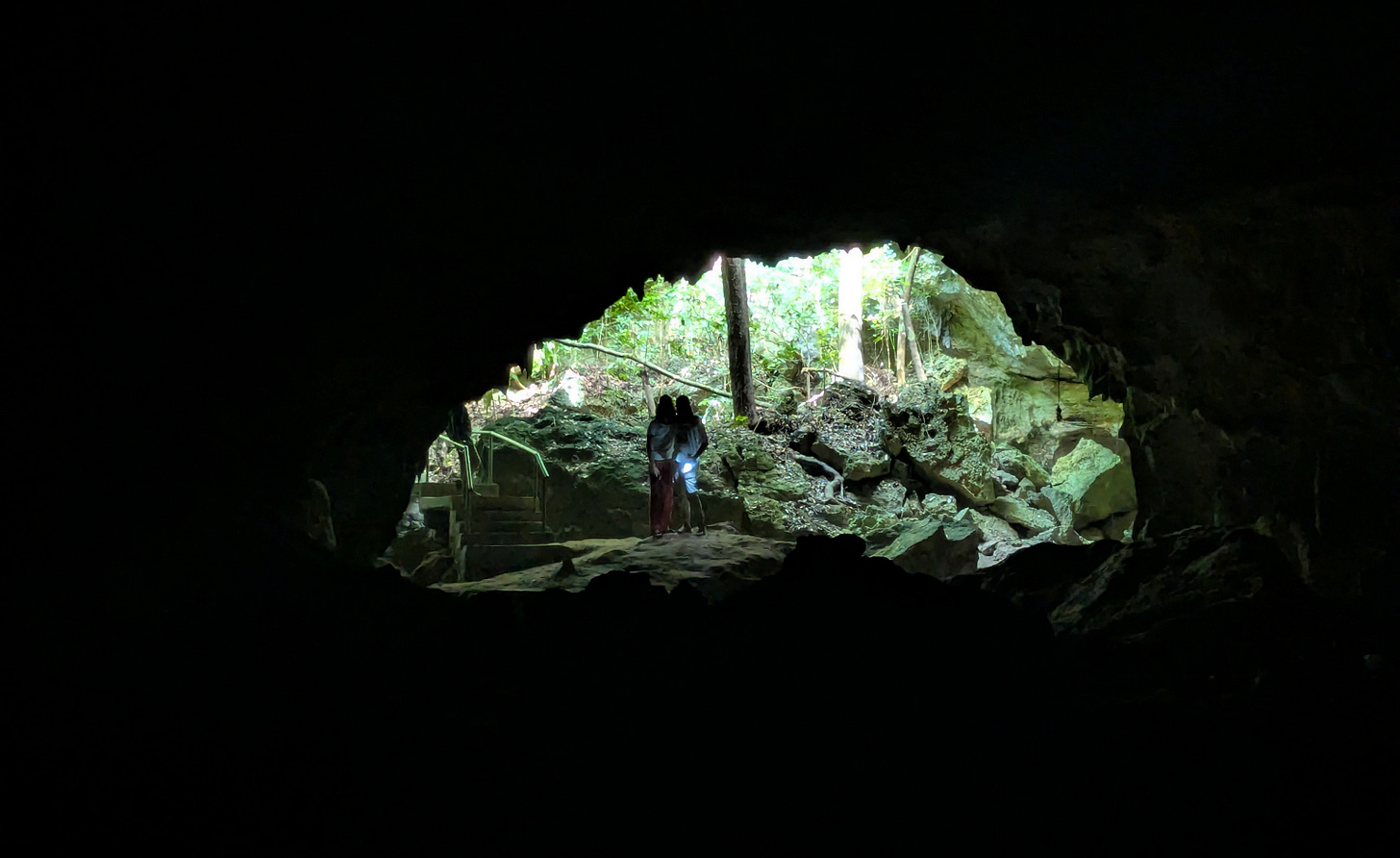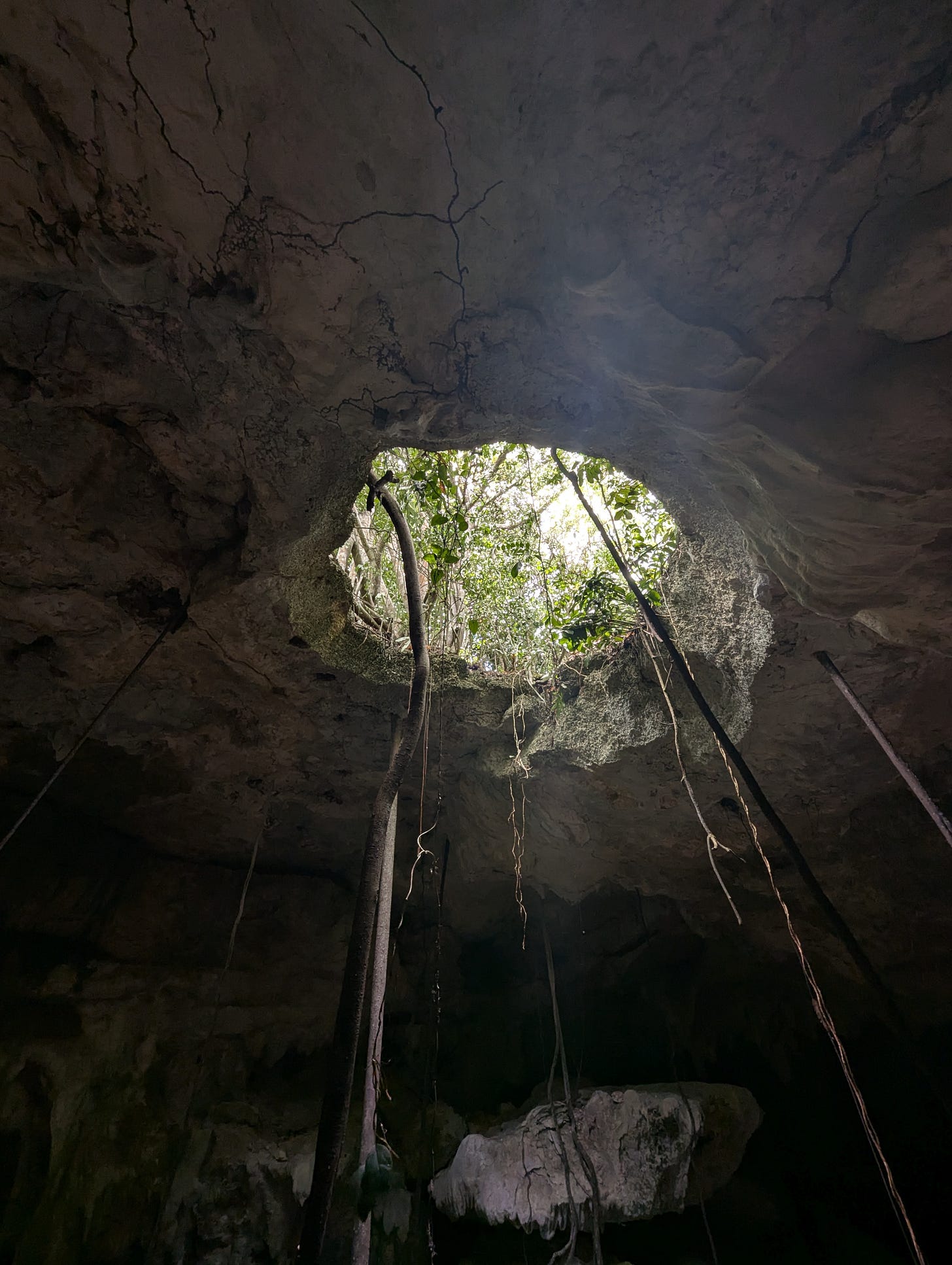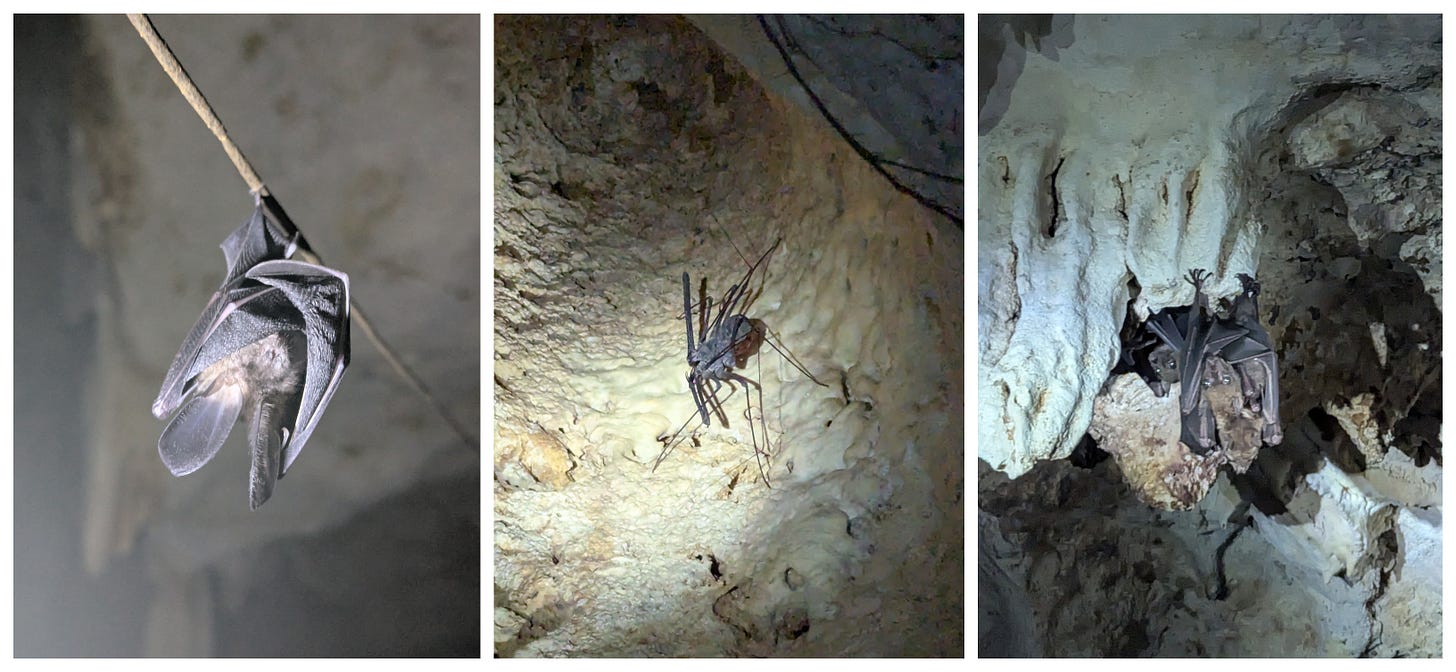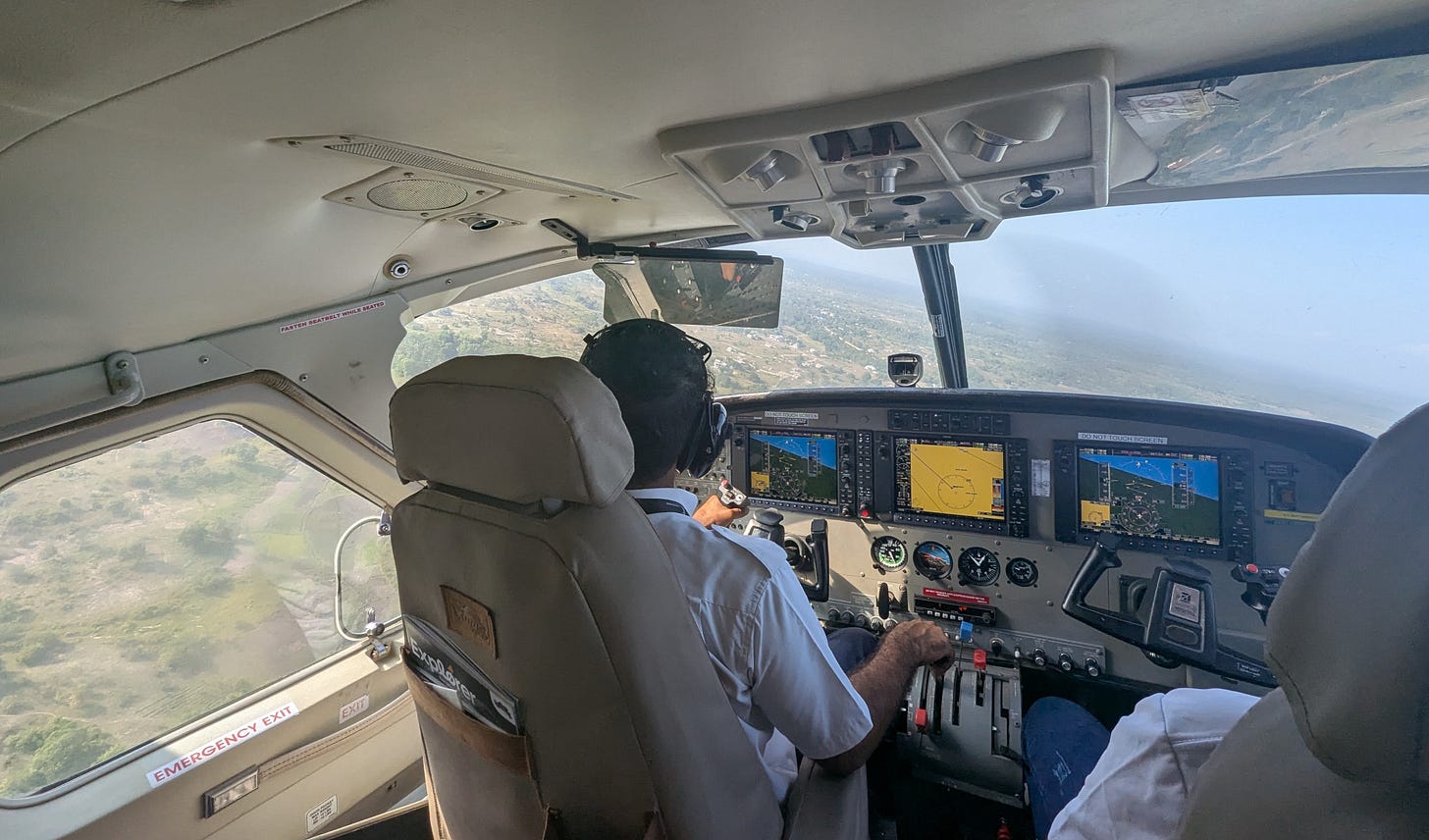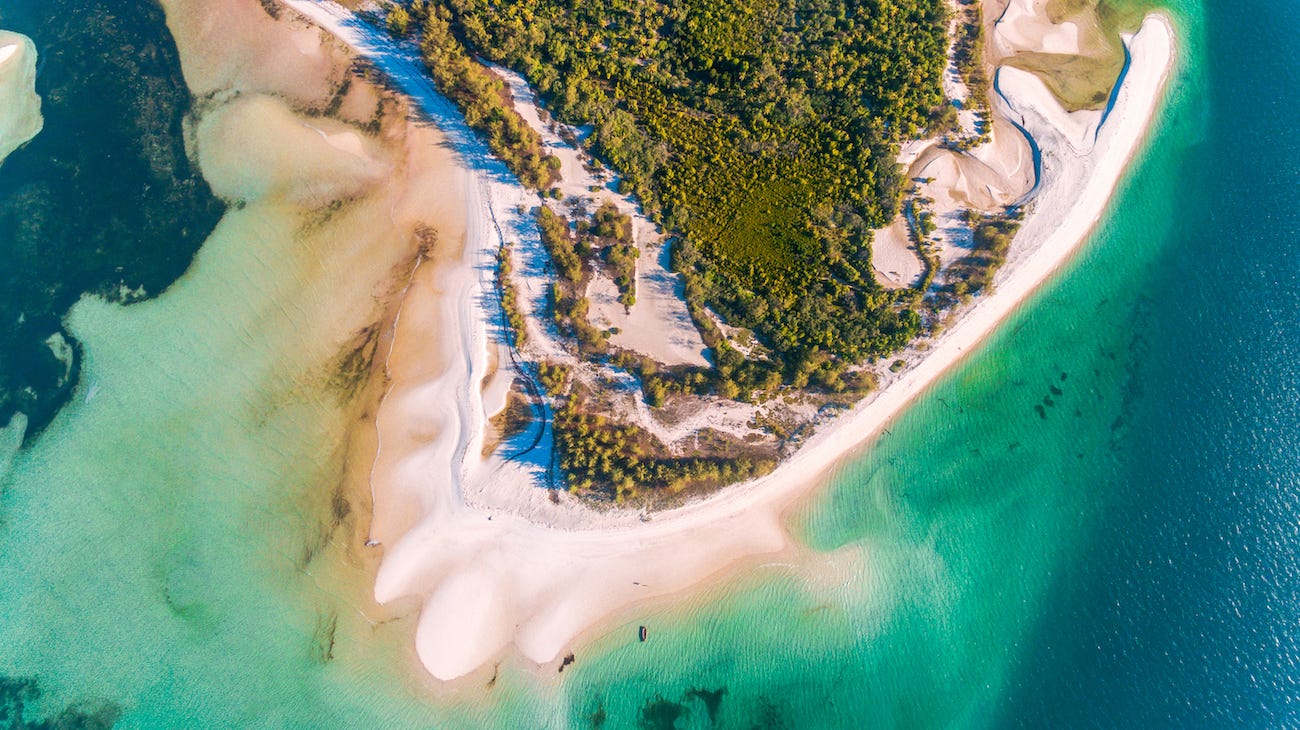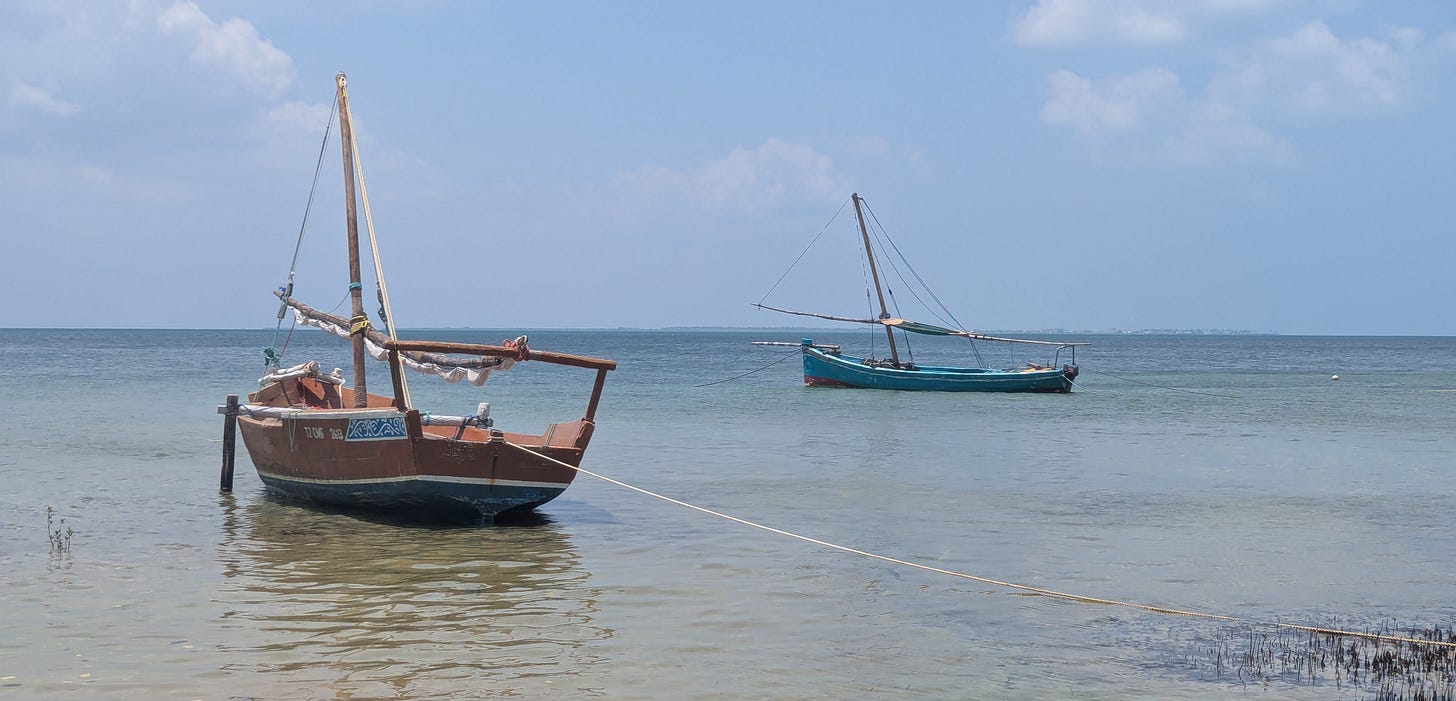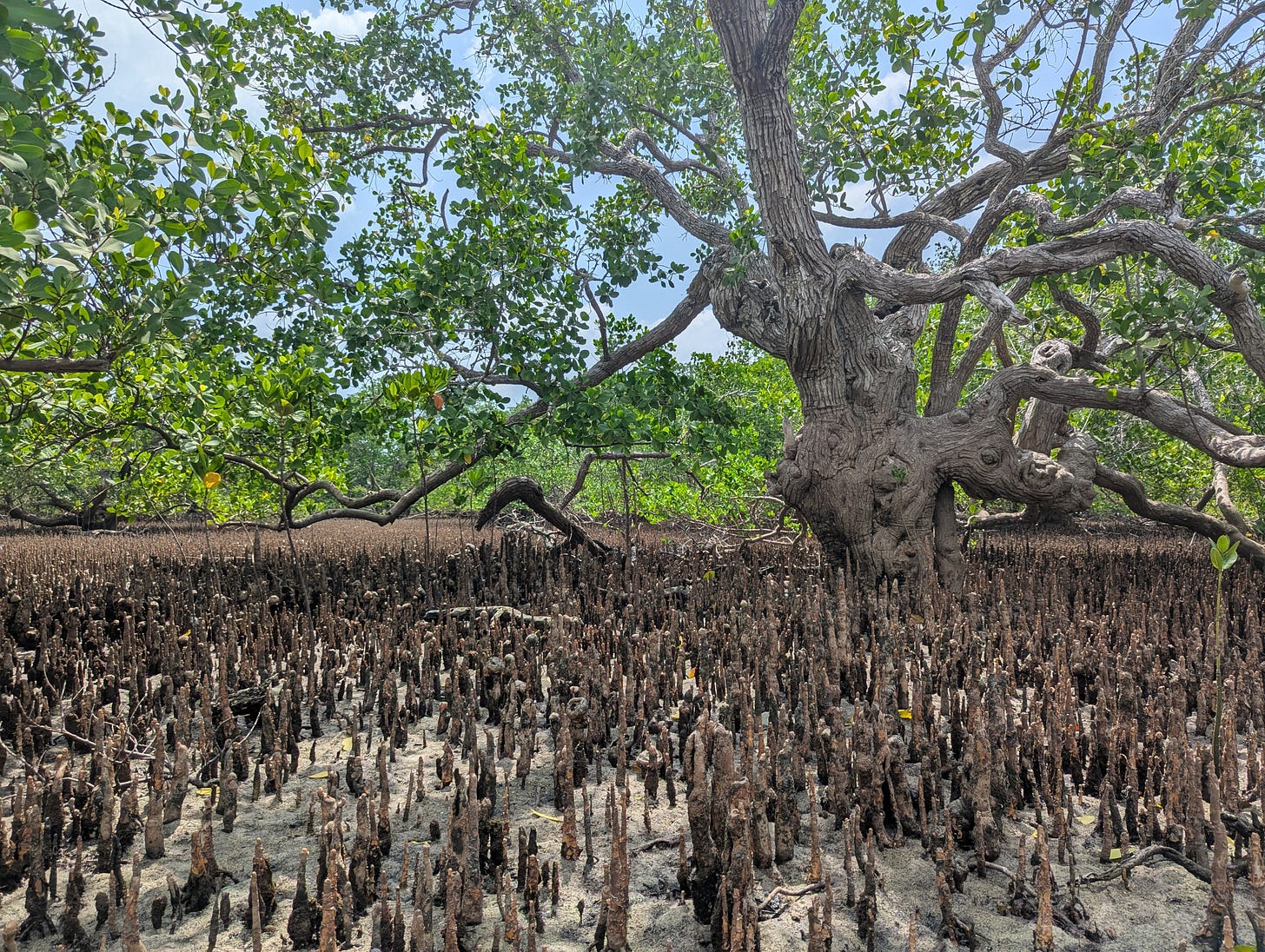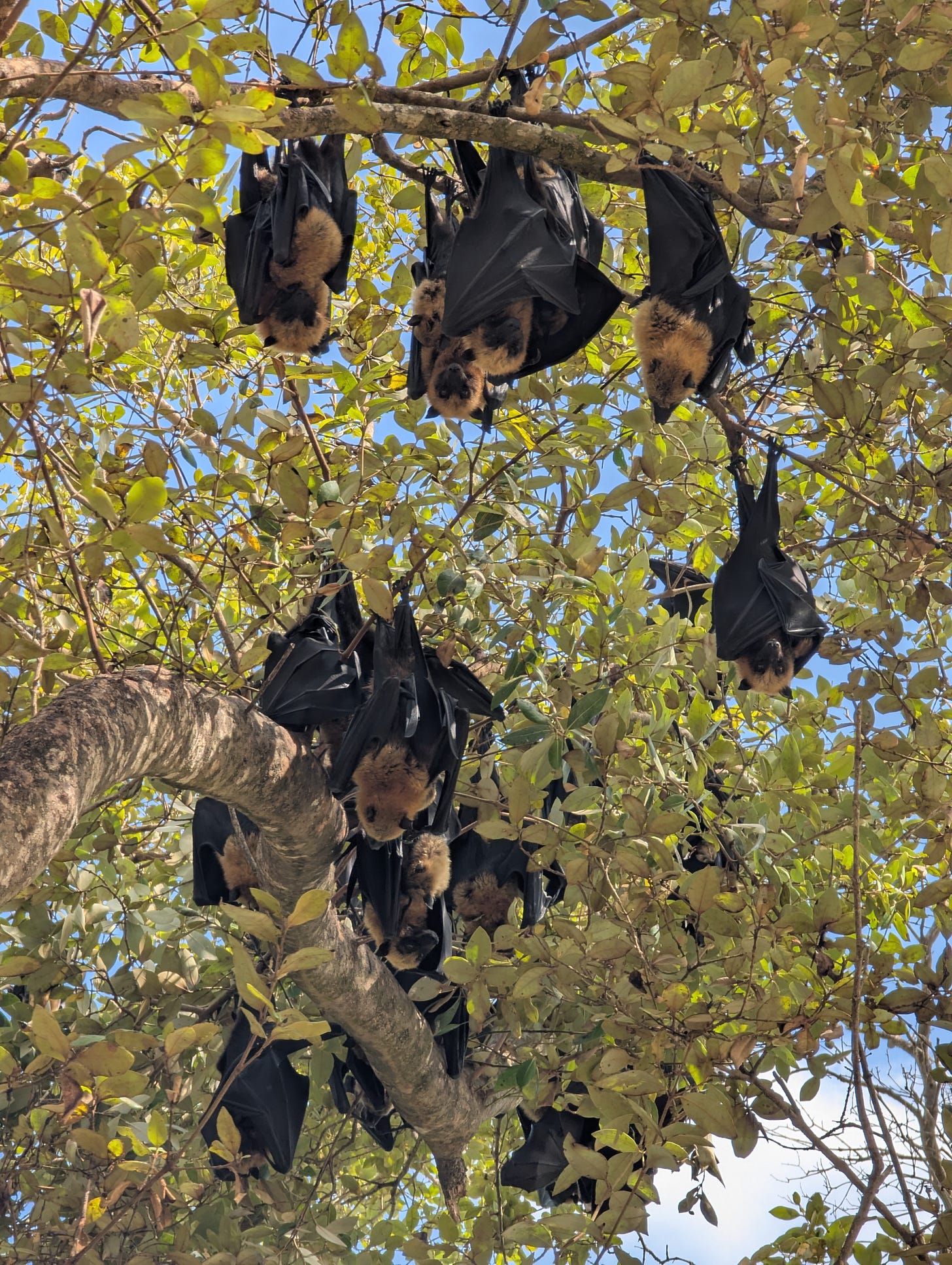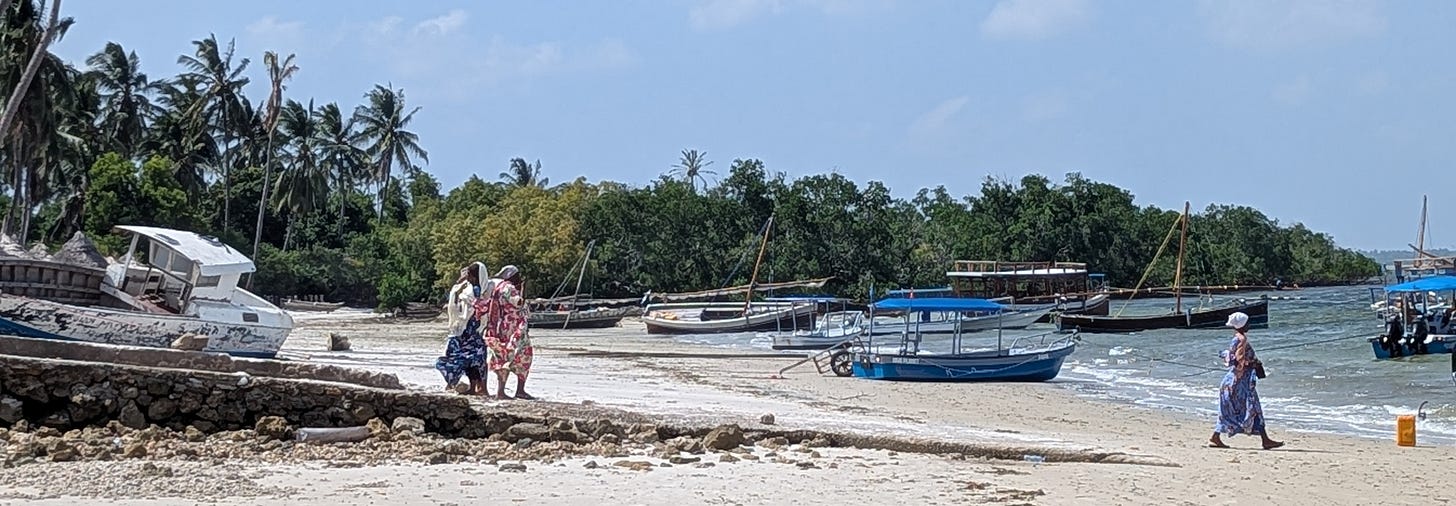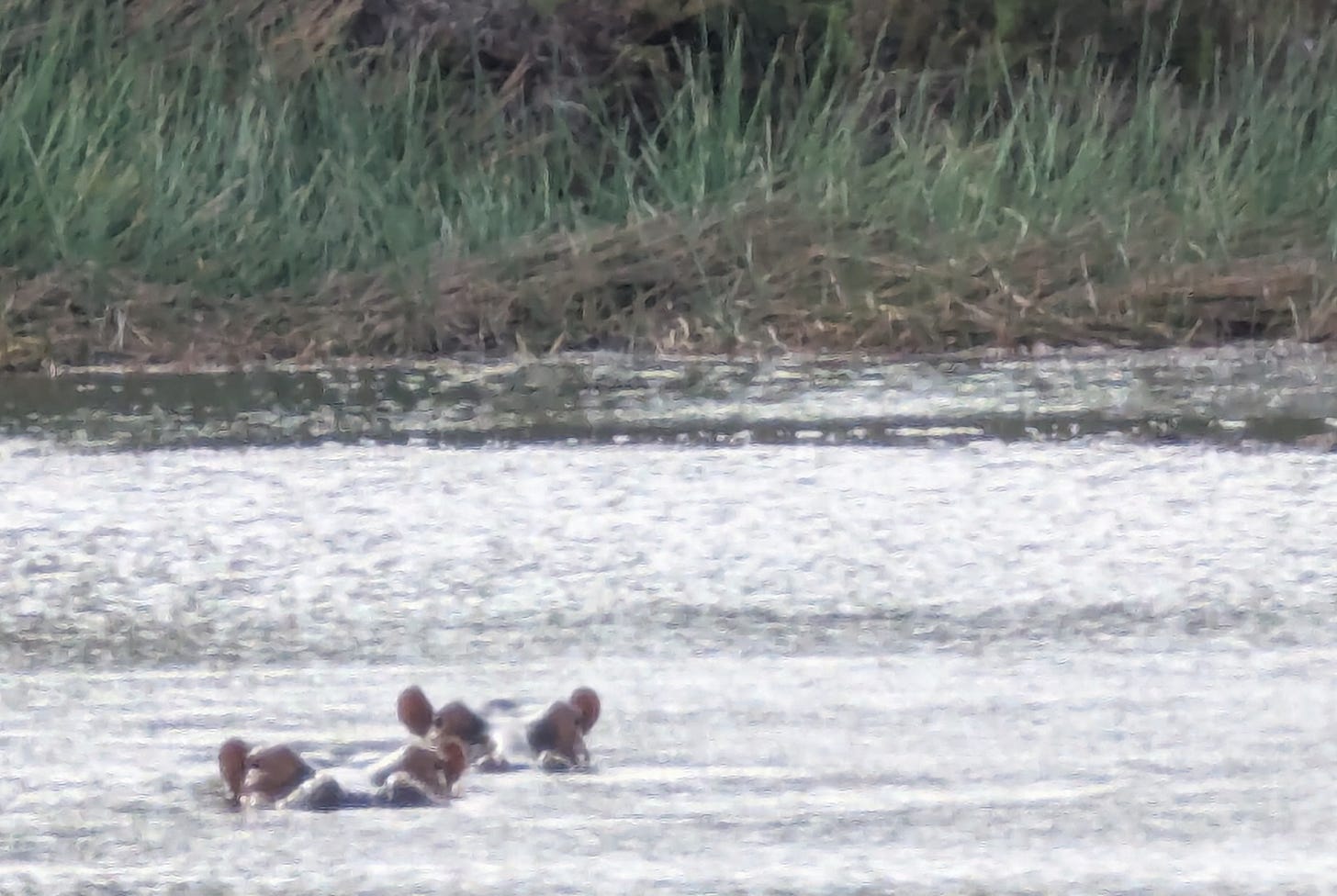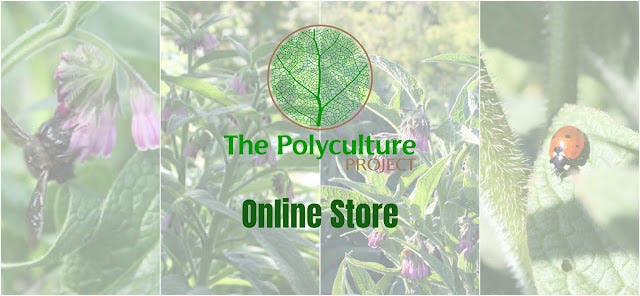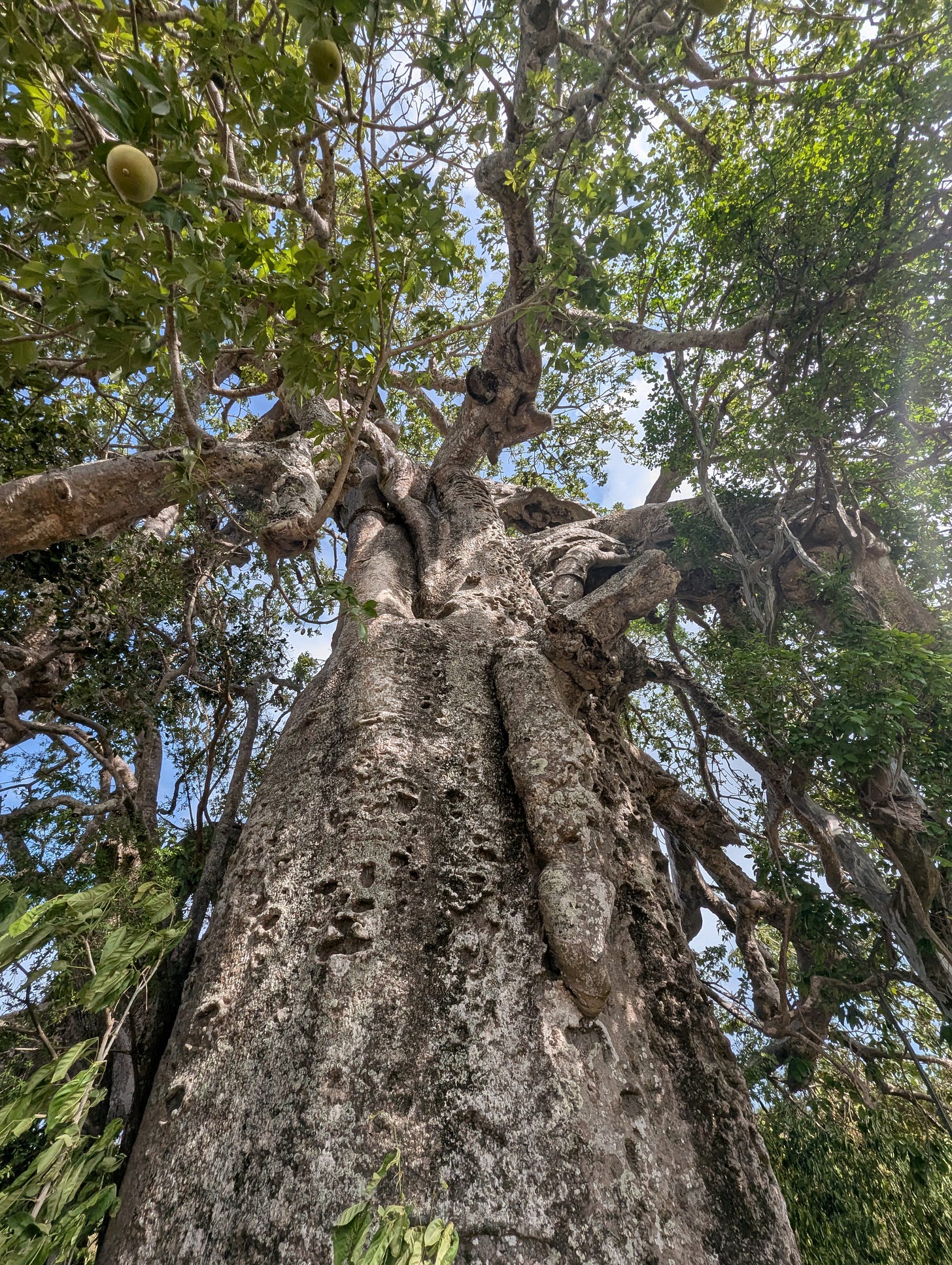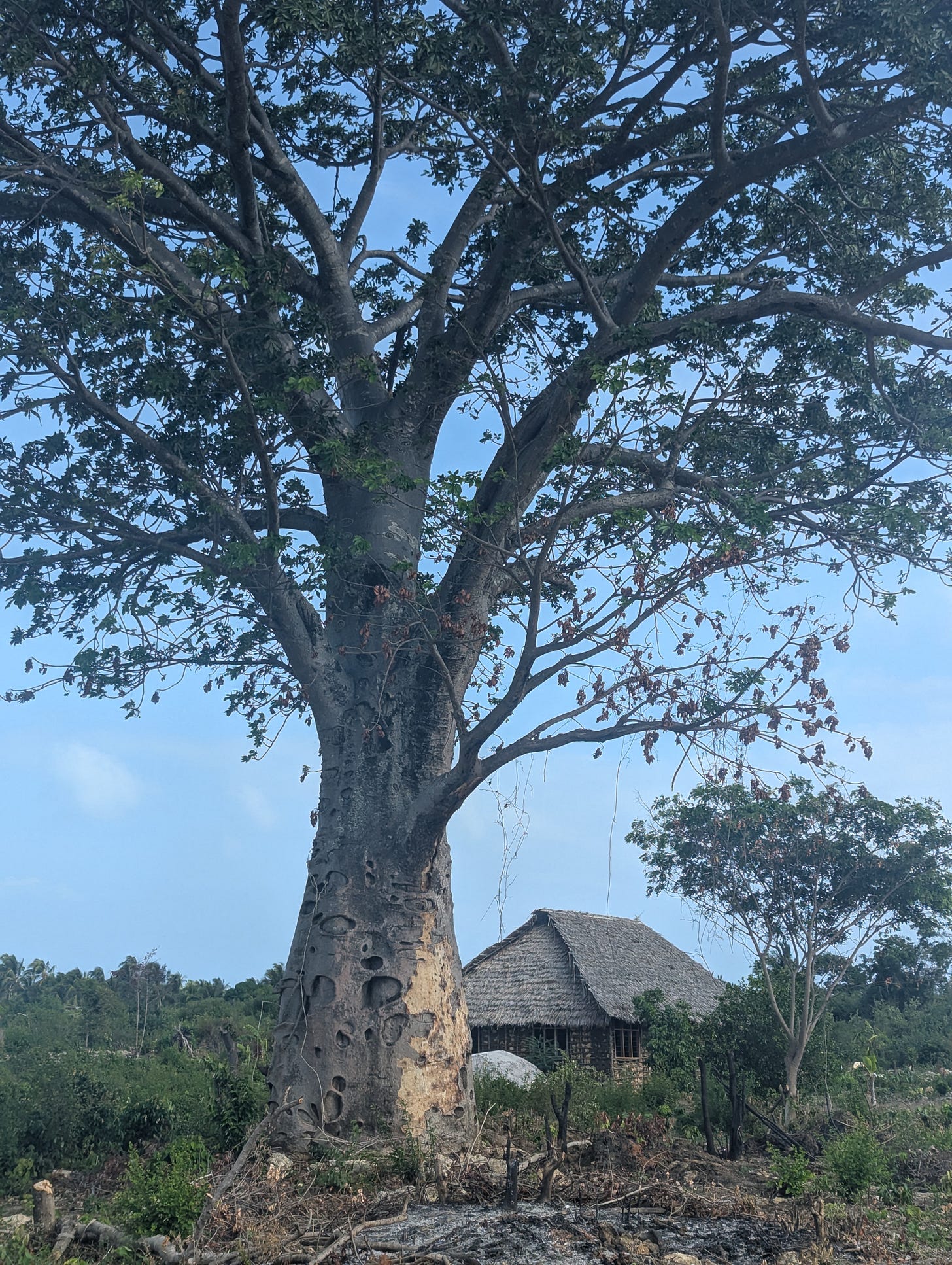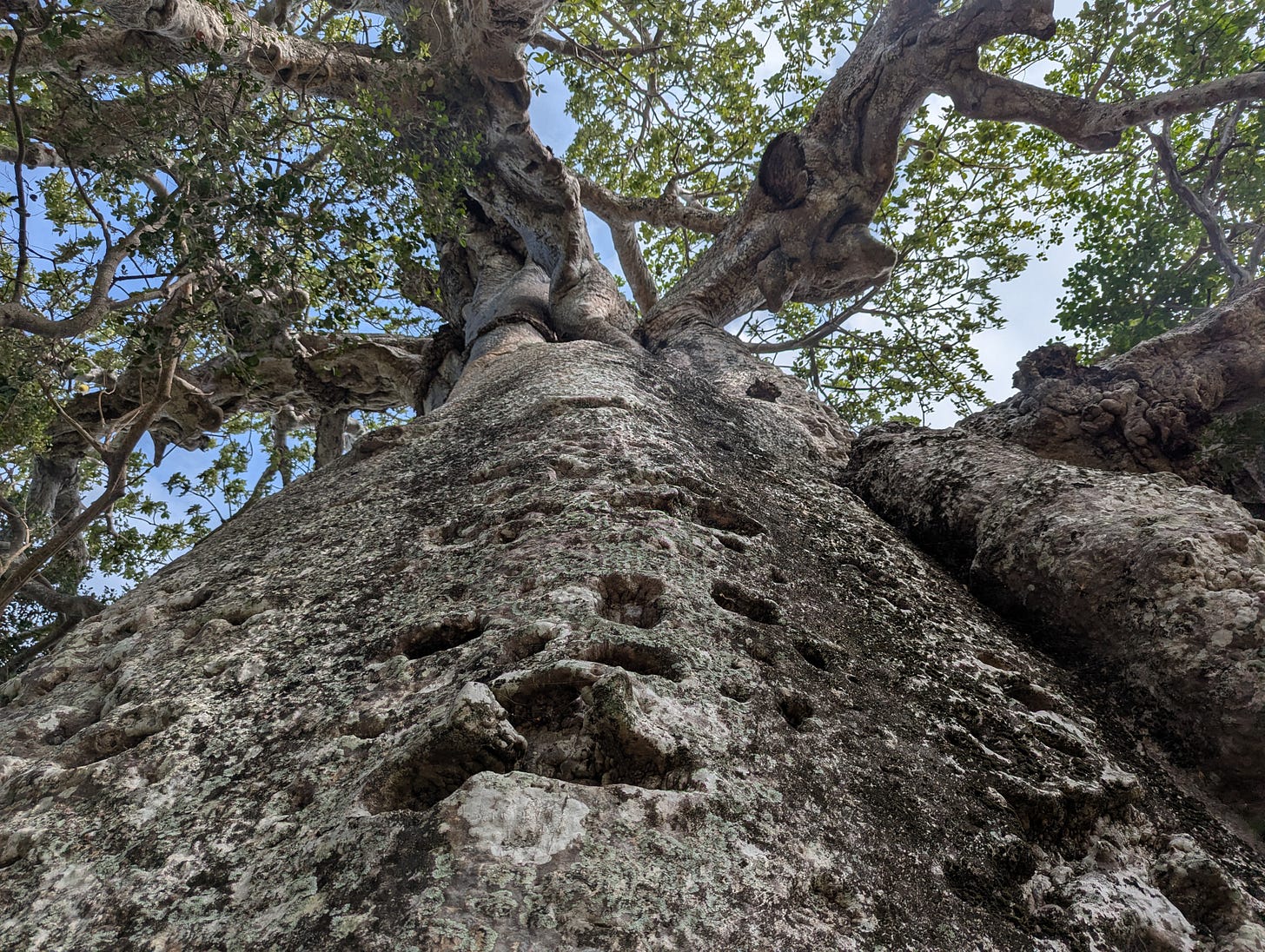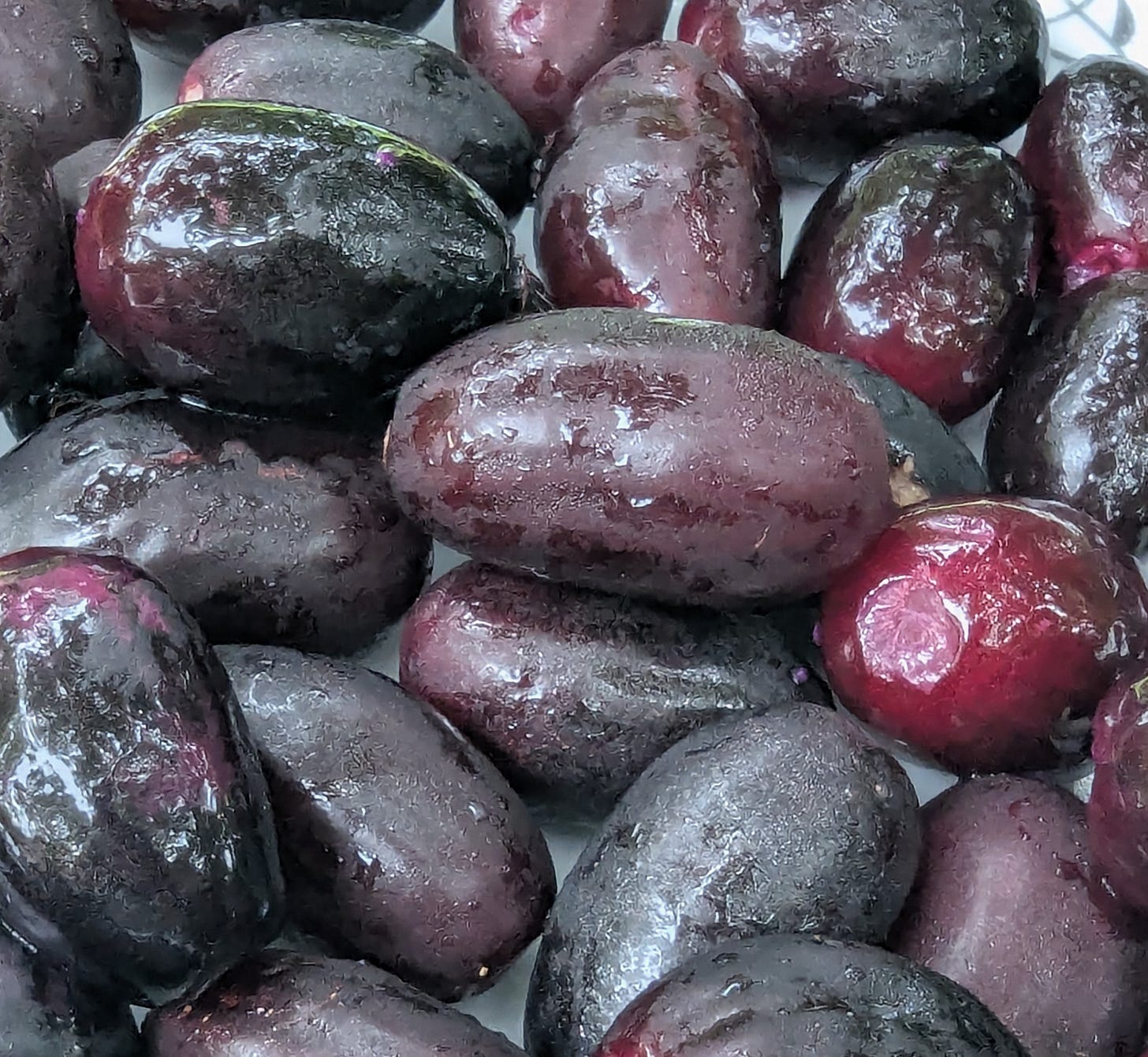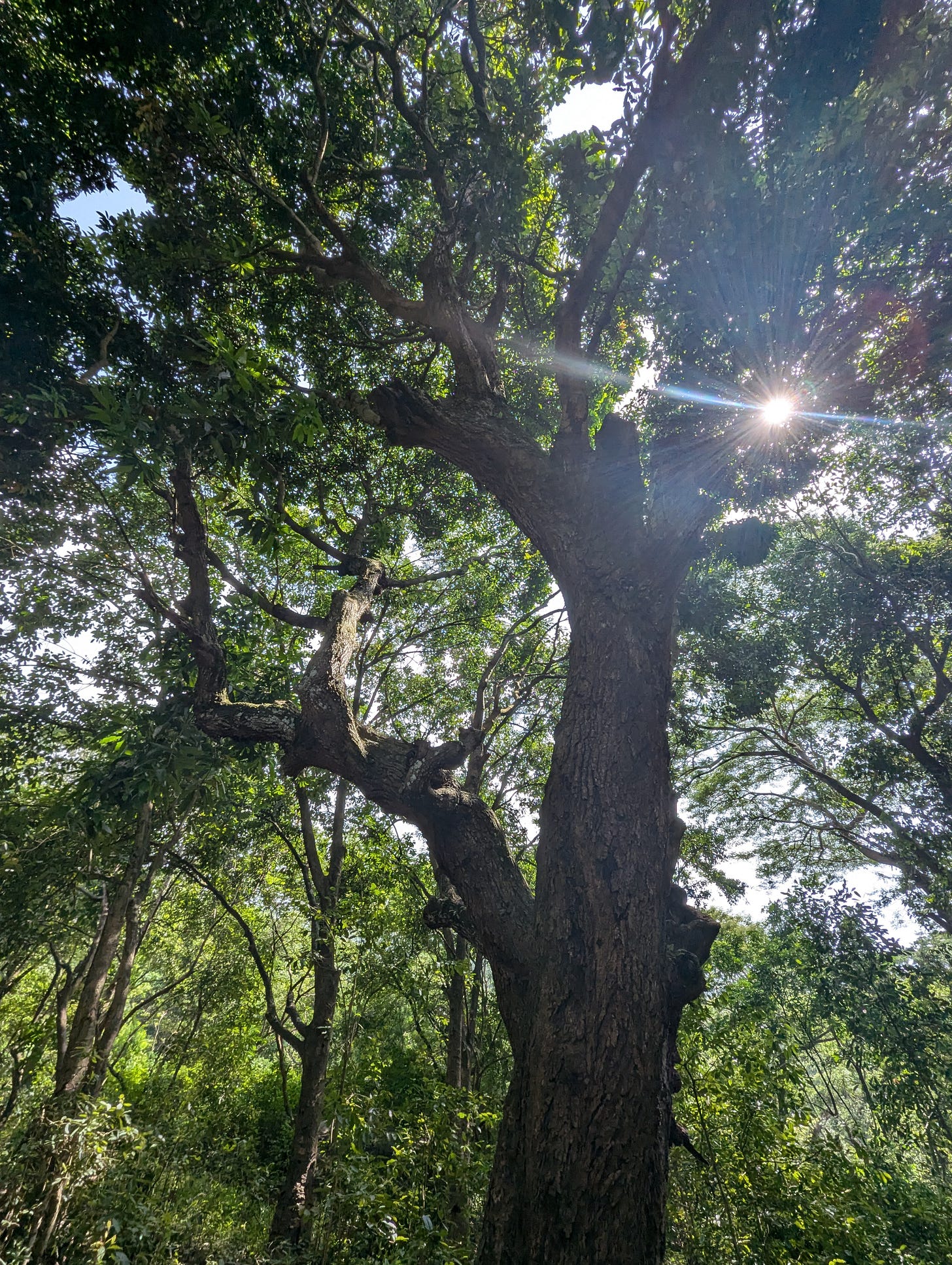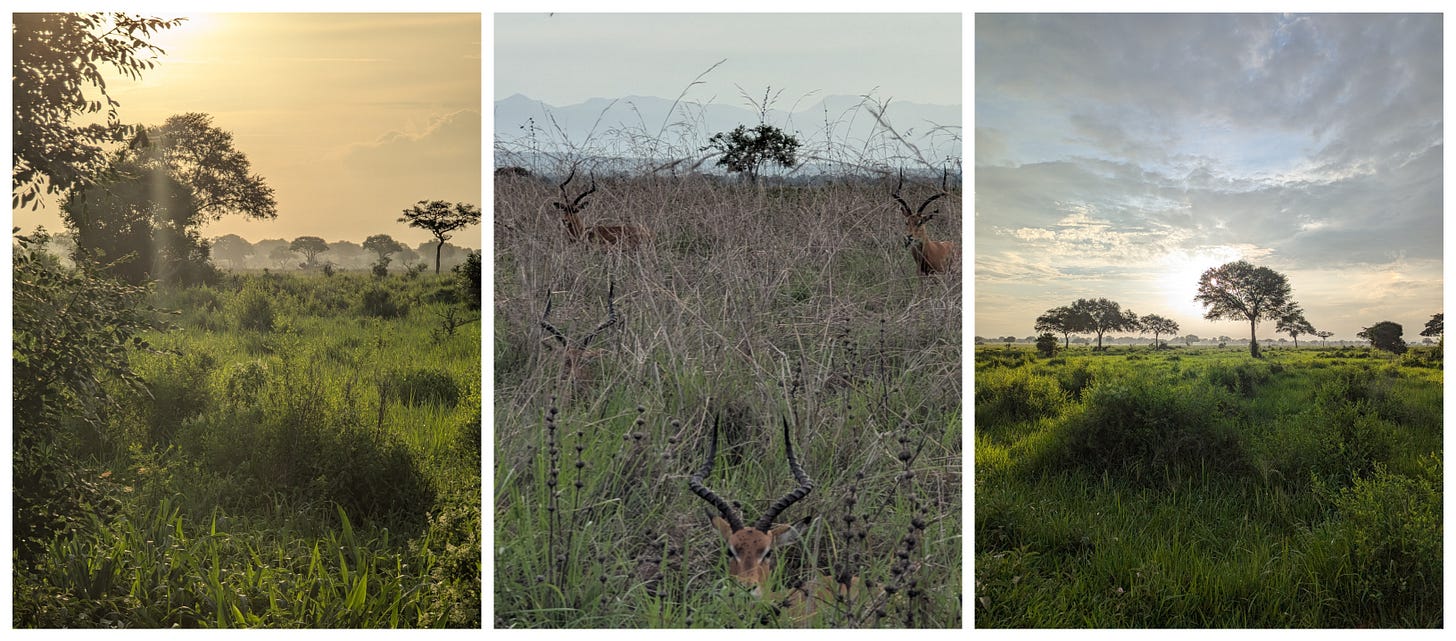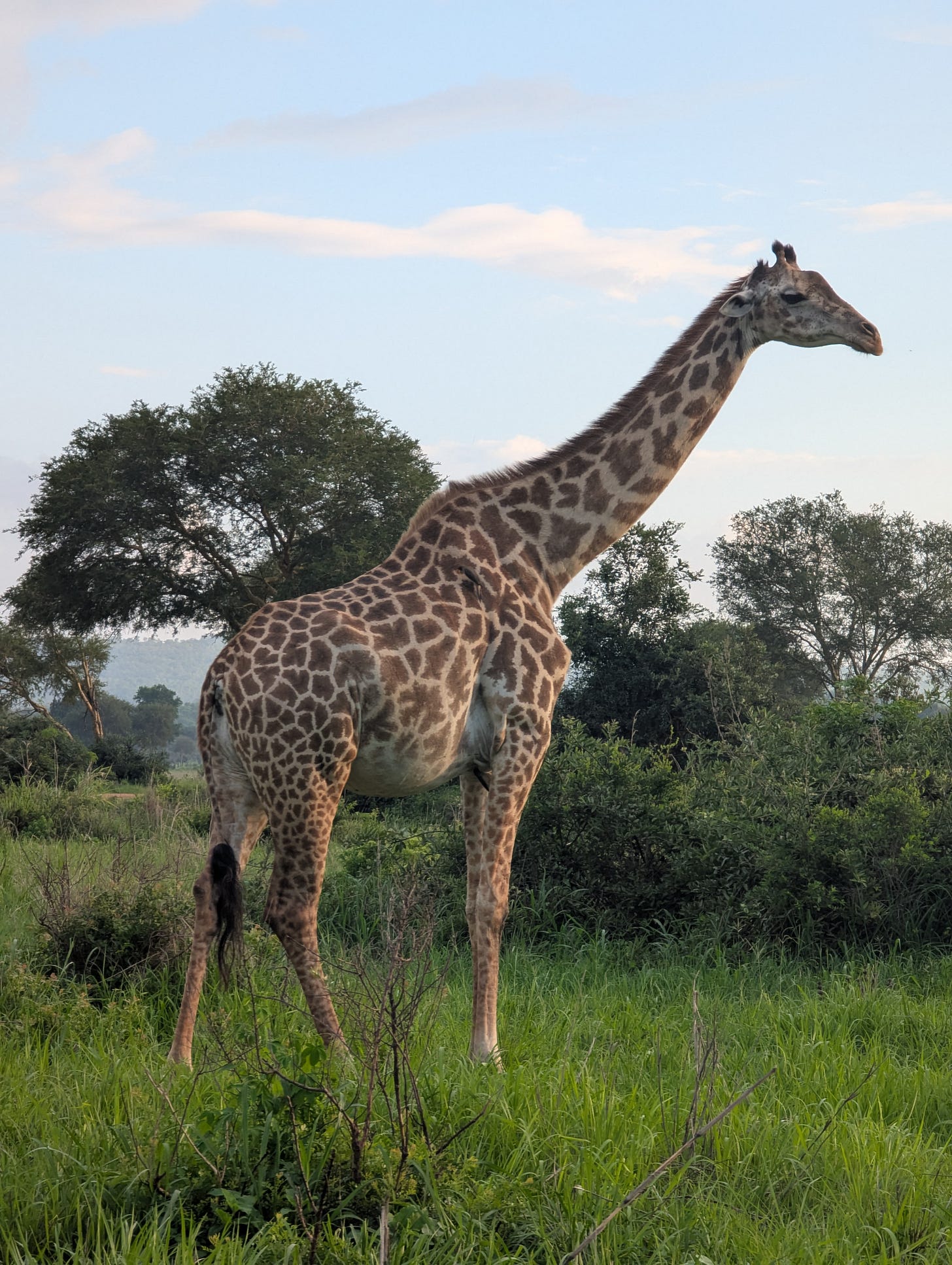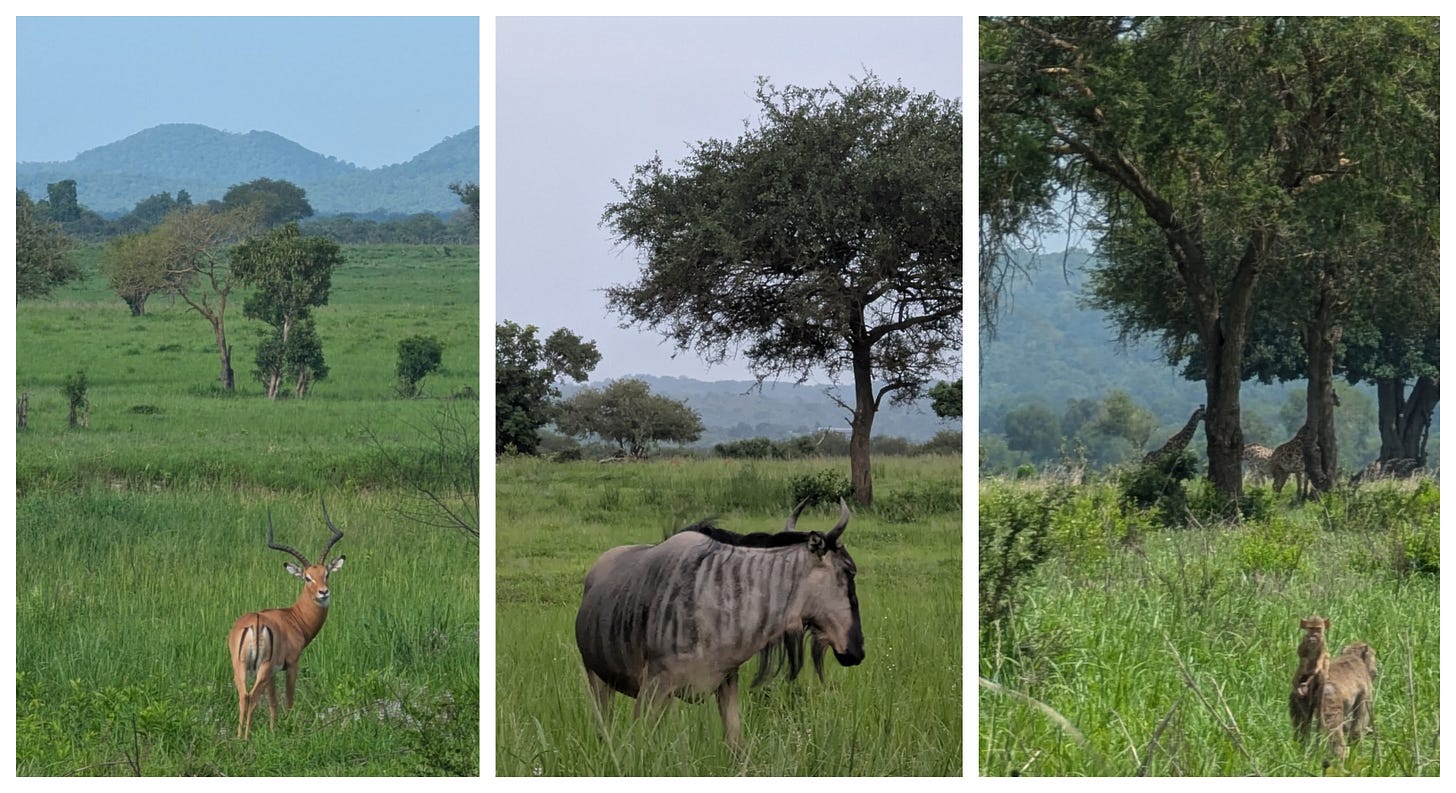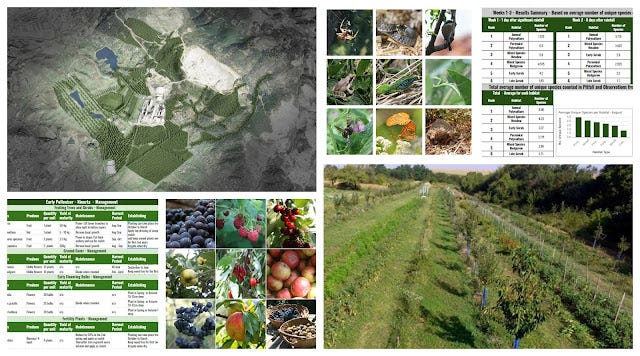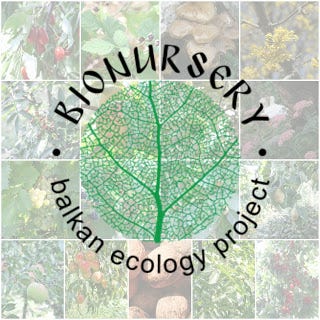East Africa Travels - From Savannah to the Sea: A Journey Through Tanzania’s Wild Wonders
Following the start of the year on the exquisite Arabian Peninsula, it was marvelous to be back on land full of resplendent chlorophyl. Tanzania is a place of breathtaking landscapes, vibrant culture, awesome people, incredible wildlife and unforgettable adventures. During this post I’ll share some observations from the trip and introduce some of the incredible plants and animals I met along the way, from safari up-country to the mangrove shores of Mafia Island.
Located on the east side of Africa just south of the equator, Tanzania is a huge and diverse country with over 120 ethnic groups and almost as many languages, Swahili being the universal language along with English and Arabic.
Although my time in Tanzania was limited to exploring just a fraction of the country, it was enough to reveal its extraordinary richness as a melting pot of traditions, customs, and histories. These elements intertwine to create a uniquely vibrant and breathtakingly beautiful destination.
My journey began in the bustling capital, Dar es Salaam, where I reunited with my two sons. From there, we embarked on an unforgettable road trip to Mikumi National Park, followed by a journey to the enchanting island of Zanzibar and than over to Mafia Island, a protected marine reserve and a true gem, boasting pristine coral reefs and idyllic beaches.
Road Trip from Dar es Salaam - Mikumi and a stop-over in Morogoro
From Dar es Salaam, we hired a 4x4 and set off on a scenic drive to Mikumi National Park. The journey took us from the bustle of the city to the lush landscapes and small villages, offering a glimpse into rural Tanzanian life. The striking agave plantations lining the route captured my attention. These spiky, resilient plants thrive in Tanzania’s semi-arid climate, their ornate inflorescence standing tall against the skyline
Agave, known for its versatility, is cultivated for multiple purposes—ranging from biofuel production to fiber and even potential use in beverages. Its ability to grow in poor soils with minimal water makes it a good choice for marginal soils and agave is often used in land rehabilitation, preventing soil erosion and sequestering carbon. The cultivation appears to be organic with many species of wild plants growing within the rows and many insects buzzing around .
We stopped for a night in Morogoro, a busy town nestled at the foot of the Uluguru Mountains.
Out of the city the cool mountain air and friendly locals make it a perfect pitstop. Within the city center you can find the Mawenzi Market that serves many of the surrounding villages.
The market is arranged with bulk produce on the outside and a large shaded labyrinth area in the center with narrow paths surrounded by small stalls that often host a laidback (literally) vendor. It’s easy to get lost in the central area and delightful to see the variety of produce on offer.
We took the afternoon to visit nearby Choma Waterfalls. It’s a good 2 hr. hike from the start of the trail but you can get a Boda Boda (definitely not for the faint hearted) that will get you to the top, with white knuckles and hopefully still breathing, in a thirty minutes.
At the top of the trail you’ll find locals selling bowls of berries, (strawberry, Gooseberry, Raspberry) all grown in nearby gardens and picked from the wild including what I think is Rubus rosifolius - Bramble of the Cape
There are a series water falls to discover starting from the top and it’s possible to swim in the pools and shower in the cascading water in the mid section.
It’s an easy and beautiful walk back down through the mountain villages. When you get to the bottom the Black and White Restaurant is a great spot to eat after the hike and swim. A general tip, it’s a good idea to bring a book to the restaurant when eating out in Tanzania, you will most likely get through a chapter or two in between ordering food to it arriving. That’s not a complaint just an observation as the relaxed pace of life is all part of the charm.
That evening, we continued on the road to Mikumi and it quickly became apparent that night driving on the A7 highway is no joke. There are signs on the road with the fines for hitting various animals and with the single laned road being a major cargo route, with a lot of cargo trucks on the roads , it was a tense drive.
Mikumi National Park
Known for its vast open plains, lush vegetation, and diverse wildlife, Mikumi is home to an array of animals, including elephants, lions, giraffes, zebras, and buffaloes.
The Mkata Floodplain, one of the park's most iconic features, provides a picturesque backdrop for game viewing, while the surrounding Miombo woodland savannah adds to the park's ecological richness.
This was the first safari for us in Africa and it was a truly incredible experience, not only the spectacular wildlife and beauty of the park but the accessibility of the park to explore with your own vehicle at your own pace with possibilities to leave your vehicle as long as you are no closer than 200m from wildlife.
This provided a great opportunity to get up close to the incredible flora of the savanna and to just stand still and soak up the atmosphere and indulge in the perfect sound of the savanna symphony.
Giraffe, Elephant, Lion , Hippo, Impala, Zebra, Baboons, Warthog, Wildebeest, Jackals and African Buffalo are all very easy to see around the park although Lions are most likely to be seen during the night Safari when they come out to hunt.
For night Safari you need a guide and an armed park ranger. It was not at all crowded and the guides were great, very knowledgeable about the wildlife and where to find it. It was absolutely awesome to witness the coordination between the lionesses as they stalked the hyper alert Impala.
Within the park boundaries it’s also possible to visit Maasai Boma villages and learn about the history and culture of these incredible people. It’s well worth a visit.
Zanzibar
After returning to Dar es Salaam, we boarded the fast ferry to Zanzibar, the archipelago known for its white-sand beaches, turquoise waters, and rich history.
Stone Town is a great place and well worth spending time there. It’s the third time I’ve spent time in Stone Town and there is still plenty to discover and it was great to see the town’s solidarity with the Palestinian fight for freedom, particularly pertinent given the dark history of the slave trade that was centered in the town.
We stayed the majority of the trip in Matemwe, a quiet village on the northeast coast, with a laid-back vibe, an abundance of fresh fish and stunning ocean views.
Nungwi Beach and Kiwengwa Caves
After a few days chilling on the white sands we took a trip to nearby Kiwengwa Caves, a network of limestone caves that are fascinating and easy to explore with a local guide.
One of the most striking features of these caves is the intricate network of tree roots that penetrate the cave ceilings and walls. These roots dangle down like natural chandeliers, creating an otherworldly atmosphere. They serve as a vital connection between the surface and the cave ecosystem, providing nutrients and moisture to the cave's inhabitants.
The caves are home to a variety of wildlife, particularly bats, which are the most prominent residents with four different species present. These bats play a crucial role in the islands ecology by aiding in pollination and seed dispersal for plants above ground. In addition to bats, the caves host a range of invertebrates, including insects and arachnids, which thrive in the dark, humid environment. Occasionally, small reptiles and amphibians may also be found within the caves, taking advantage of the stable microclimate and it’s very common to see Cave Spiders that lurk on the walls and within the many crevices.
Mafia Island
After Zanzibar, we headed back to Dar es Salaam, and onto Mafia Island, a lesser-known but equally stunning destination, known for its marine biodiversity, and a haven for divers and nature lovers. You can arrive at the island with a 6 hr. boat ride from Dar es Salaam or a 30 minute flight in a small plane.
Mafia Island Marine Park (MIMP)
Mafia Island Marine Park (MIMP), located off the coast of Tanzania in the Indian Ocean, is a pristine marine protected area renowned for its breathtaking underwater landscapes and rich biodiversity.
Established in 1995, the park spans over 822 square kilometers and encompasses a variety of ecosystems, including coral reefs, mangrove forests, seagrass beds, and sandy beaches.
These habitats support an incredible array of marine life, from vibrant coral fish and sea turtles to dolphins, whale sharks, and even the elusive dugong. The park's crystal-clear waters and thriving coral reefs make it a paradise for snorkelers, divers, and marine enthusiasts, offering some of the best underwater experiences in East Africa. I did a few days diving with Mafia Island Diving who use local made Dhows customized for diving to reach the many excellent diving spots in the marine park. For some video of the marine life take a look at our Instagram.
Beyond its natural beauty, Mafia Island Marine Park plays a crucial role in marine conservation and sustainable development. The park is a vital breeding and feeding ground for numerous endangered species, and its mangrove forests act as natural barriers, protecting the coastline from erosion and storm surges.
My first day on the Island I went out to explore the mangrove and stumbled across a day roost of Pteropus spp.- Fruit Bat.
These bats are the largest and rarest fruit bats in the world and are critically endangered due to habitat loss and hunting. They are a focus of conservation efforts in the region and judging by this roost, appear to be thriving on Mafia
Local communities are actively involved in the park's management, benefiting from eco-tourism and sustainable fishing practices that ensure the preservation of this unique ecosystem for future generations.
I stayed at a wonderful local run lodge within the reserve, Meremeta Bungalow Lodge, where Meremeta, the owner helped arrange a Tuk Tuk trip for a day to explore the rest of the island including the Hippo Pond where you’ll find a community of wild hippos are flourishing in a watering hole.
Welcome to our Online Store where you can find Forest Garden/ Permaculture plants, seeds, bulbs, and Polyculture multi-packs along with digital goods and services such as Online Courses, Webinars and eBooks. We hope you enjoy the store and find something you like. It's your purchases that keep our Project going.
You can also find our full list of trees. shrubs and herbs for forest gardens on our nursery website.
Plants of Interest
Hyphaene petersiana- African ivory palm
I've noticed this plant used in parks, hotels, and resort landscaping throughout the tropics so it was marvelous to see the plants in their home environment standing tall and proud in the Mikumi Park Savannah.
This palm species is widespread in savannah and woodland areas across Eastern and Southern Africa. It thrives in areas with seasonal water sources, such as riverbanks and floodplains.
The palm is notable for its distinctive, fan-shaped leaves and its ability to grow in harsh, dry conditions. It provides important resources for both wildlife and local communities, as its fruits are edible, and its leaves are used for weaving and construction. Thanks to nszobody who left the following interesting comment on our Instagram.
‘it’s also a phenomenal nurse tree. ‘Plant another three at is base and it will benefit from partial shade and the moisture retained in is tight root network. Also, a renewable fuel source; the fruit are a super dense calorie used to fire bricks and grill meat commercially. A tincture from the fruit ("spice bread fruit") is tasty and immediately reduced blood pressure. Additionally, the heart of a young tree is a delicious vegetable. But to eat it you have to destroy the tree. ‘
Dichrostachys cinerea - Chinese lantern tree
What are probably escapes from nearby resorts, there were a fair few Dichrostachys cinerea - Chinese lantern tree growing in the transition belt from Mangrove to terrestrial around Utende - Mafia. This versatile plant is originally from South Africa but grows widely within the tropics. In traditional medicine, its roots, leaves, and bark are used to treat ailments such as stomachaches, diarrhea, wounds, and fever. The plant also serves as valuable fodder for livestock, particularly in arid regions, though its invasive nature can dominate pastures. As a legume, it improves soil fertility through nitrogen fixation and helps prevent erosion with its extensive root system.
The hard, dense wood of Dichrostachys cinerea is a reliable source of fuelwood and charcoal, commonly used in rural areas for cooking and heating. Additionally, the plant provides natural dyes and tannins for textiles and leather tanning. Its attractive flowers make it suitable for ornamental landscaping, while its nectar and pollen support beekeeping and honey production. In some cultures, the plant holds cultural or ritual significance.
African baobab - Adansonia digitata
Often referred to as the "Tree of Life," African baobab one of the most iconic and fascinating trees on the African continent. With its massive, bottle-shaped trunk and sparse, root-like branches that stretch skyward, the baobab is instantly recognizable and holds a special place in both the ecosystem and the cultural heritage of Africa.
These trees can live for thousands of years, with some specimens estimated to be over 2,000 years old, making them some of the oldest living organisms on Earth. Their enormous trunks, which can reach up to 25 meters in diameter, store vast amounts of water, allowing them to survive in arid environments where other trees would perish. This unique adaptation has earned them the nickname "upside-down tree," as their branches resemble roots reaching into the sky.
Ecologically, the African baobab plays a vital role in its environment. Its flowers, which bloom at night, are pollinated by bats, moths, and other nocturnal creatures, creating a unique symbiotic relationship. The tree's large, pendulous fruits, often called "monkey bread," are rich in vitamin C and nutrients, providing a critical food source for a variety of animals, including monkeys, elephants, and birds. These animals, in turn, help disperse the seeds, ensuring the baobab's survival and propagation. Additionally, the tree's hollow trunks and branches often serve as shelter for birds, insects, and even small mammals, further enhancing its ecological importance.
Beyond its ecological role, the baobab holds immense cultural significance for many African communities. Its leaves, fruit, and bark are used for food, medicine, and traditional remedies, while its trunk has been used for centuries as a source of water during droughts. The tree is also deeply woven into local folklore and spirituality, often regarded as a sacred symbol of resilience and longevity. In recent years, the baobab has gained global attention for its superfood status, with its fruit powder being celebrated for its nutritional benefits. However, climate change and habitat destruction pose significant threats to these ancient giants, making their conservation a pressing concern. The African baobab is not just a tree; it is a living testament to the interconnectedness of nature, culture, and survival in the African landscape.
Syzygium cumini - Java Plum
I first came across the fruits of Syzygium cumini - Java Plum on the road to Mikumi, from vendors offering bags of fruits to drivers stopping at lights. They are delicious and have a unique taste that reminded me instantly of well ripened Cornelian Cherry but a bit sweeter and more complex.
The tree is magnificent too, an evergreen tropical tree native to the Indian subcontinent. It grows up to 30 meters tall, with glossy leaves.
The tree thrives in warm climates and is cultivated for its edible fruit, used in juices, jams, and traditional medicine. Its seeds, bark, and leaves are valued for antidiabetic and antioxidant properties. Ecologically, it supports wildlife and pollinators, while its durable wood is used in construction. Culturally significant in India and Africa, it’s a versatile and valuable plant
That’s all for now, i’ll close with just a few more Safari Photos from Mikumi
Asante sana, Tanzania! Until next time.
Regenerative Landscape Design - Online Interactive Course
Want to learn how to design, build and manage regenerative landscapes? Join us on our Regenerative Landscape Design - Online Interactive Course. We look forward to providing you with the confidence, inspiration, and opportunity to design, build and manage regenerative landscapes, gardens, and farms that produce food and other resources for humans while enhancing biodiversity.
You can access the course material at anytime and join the live sessions and interactive forums that run from May - Oct every year. All members of the Bloom Room receive a 500 EUR discount. To take up this offer all you have to do is become an annual subscribers to our Substack and register here with the promo code BLOOM.
I look forward to you joining !
Support Our Project
If you appreciate the work we are doing you can show your support in several ways.
Become a member of the Bloom Room. A $70 annual subscription to our Substack provides you with access to live sessions, design tutorials, a members forum and more, see details here.
Make a purchase of plants or seeds from our Nursery or Online Store
Joining us for one of our Practical Courses or Online Courses
Comment, like, and share our content on social media.
We offer a diversity of plants and seeds for permaculture, forest gardens, and regenerative landscapes including a range of fruit and nut cultivars. We Deliver all over Europe from Nov - March. - Give a happy plant a happy home :)





